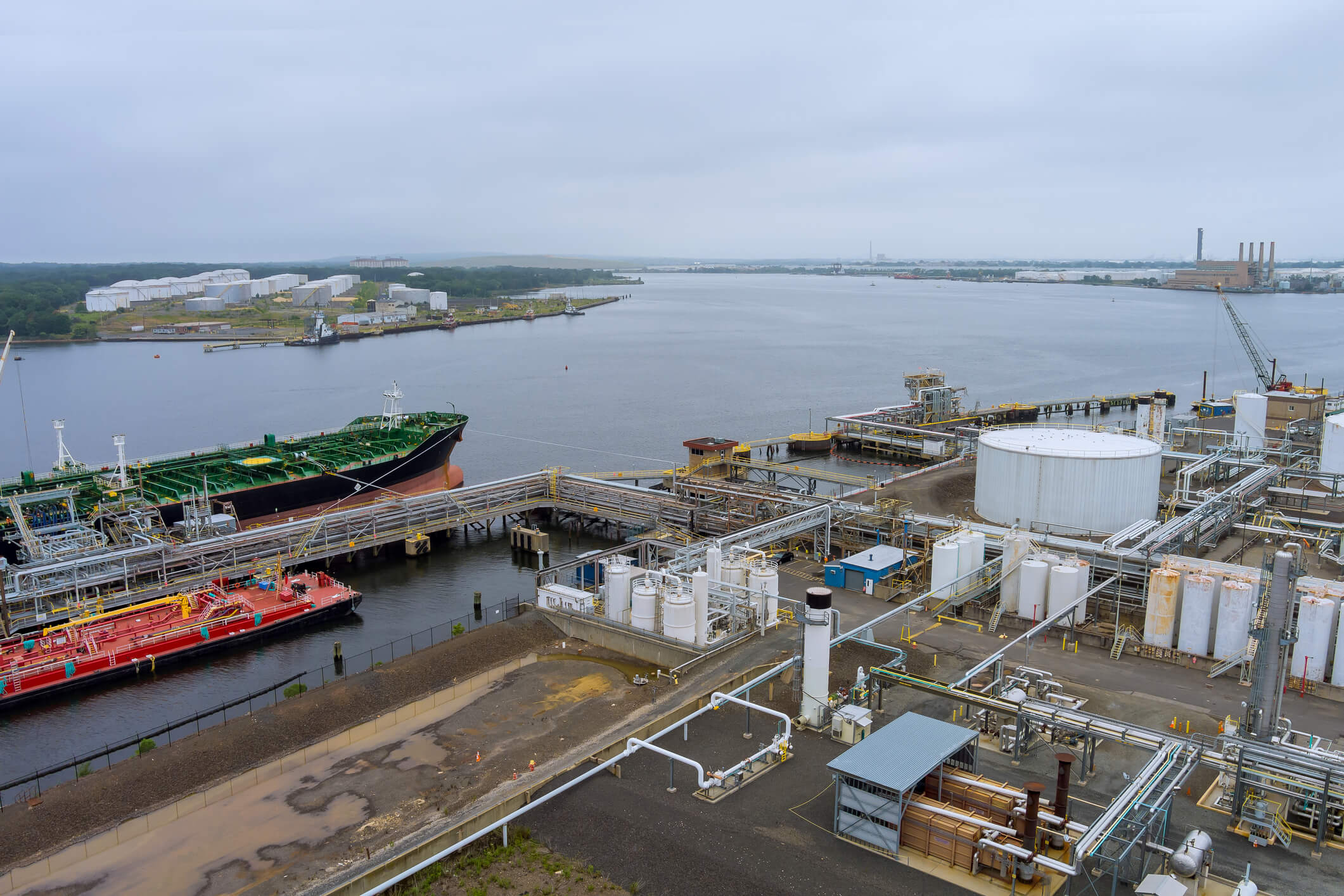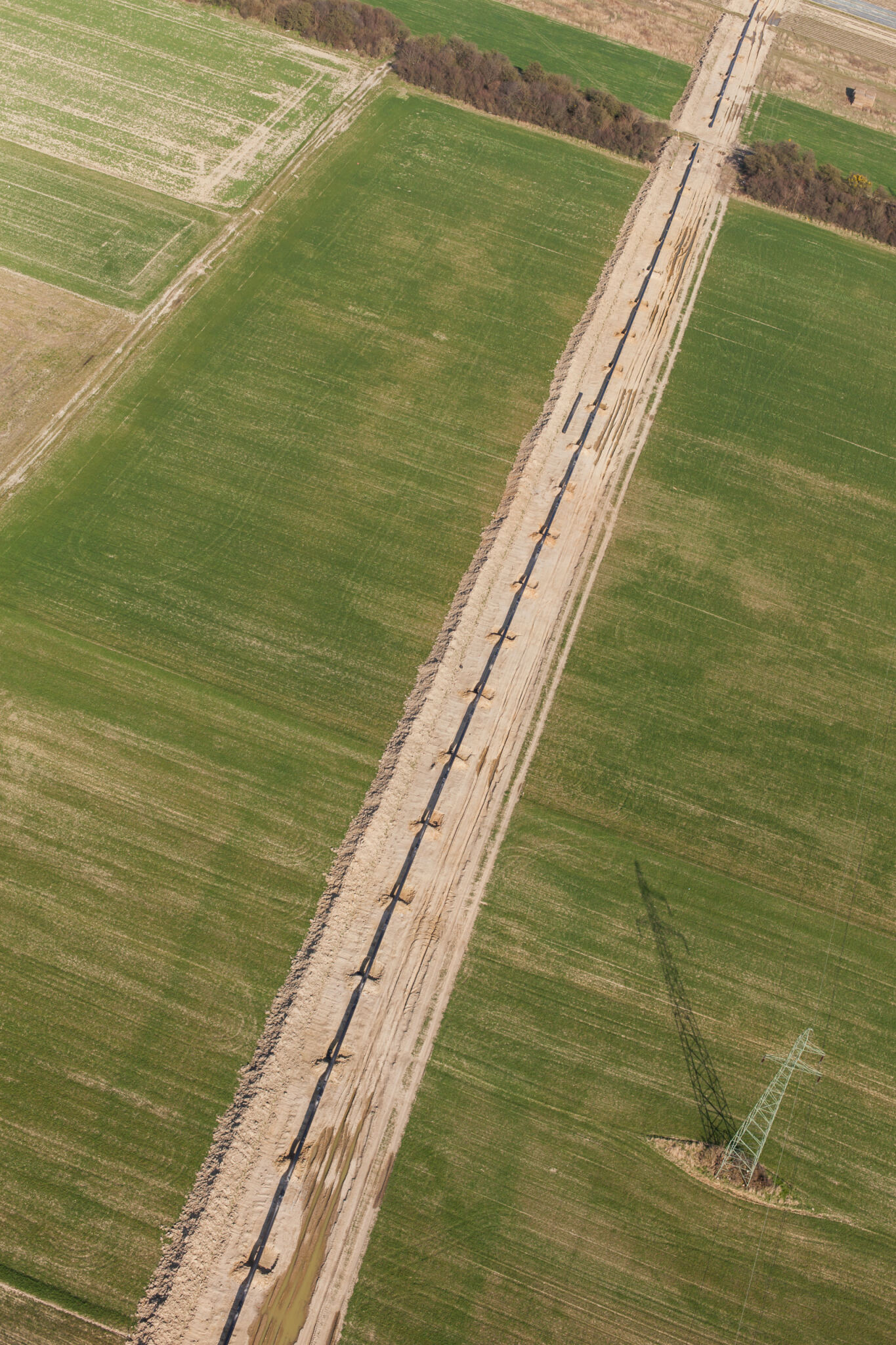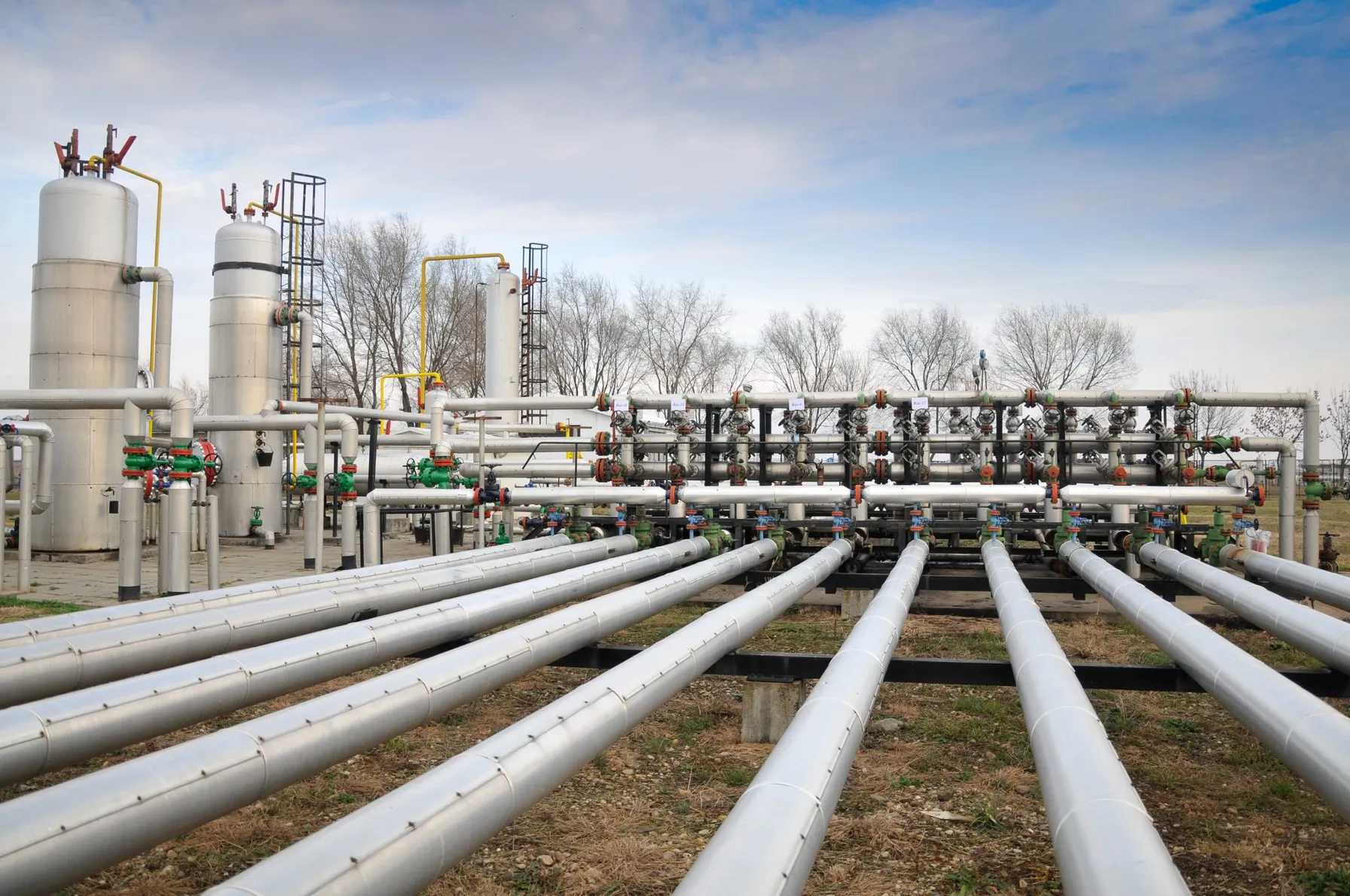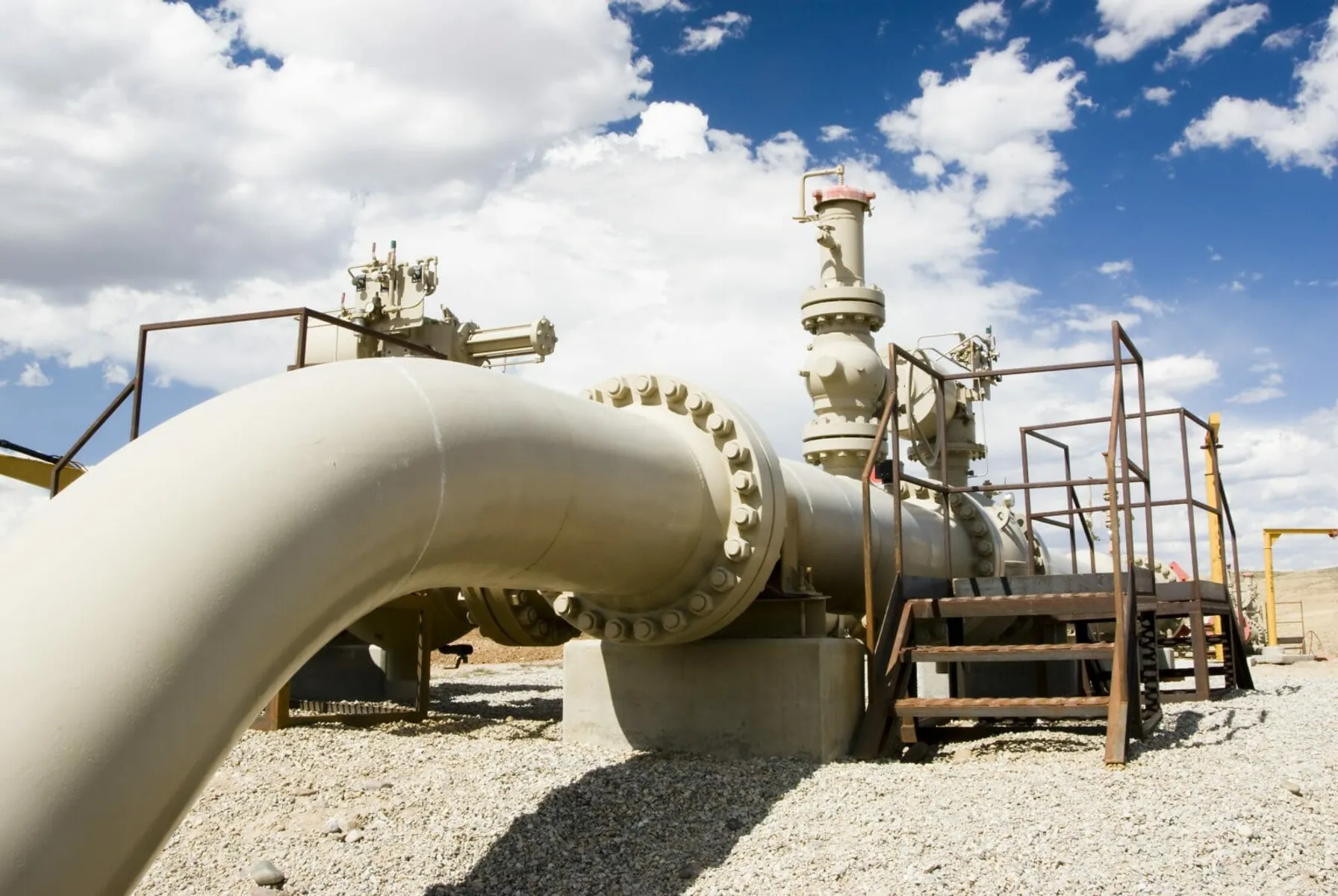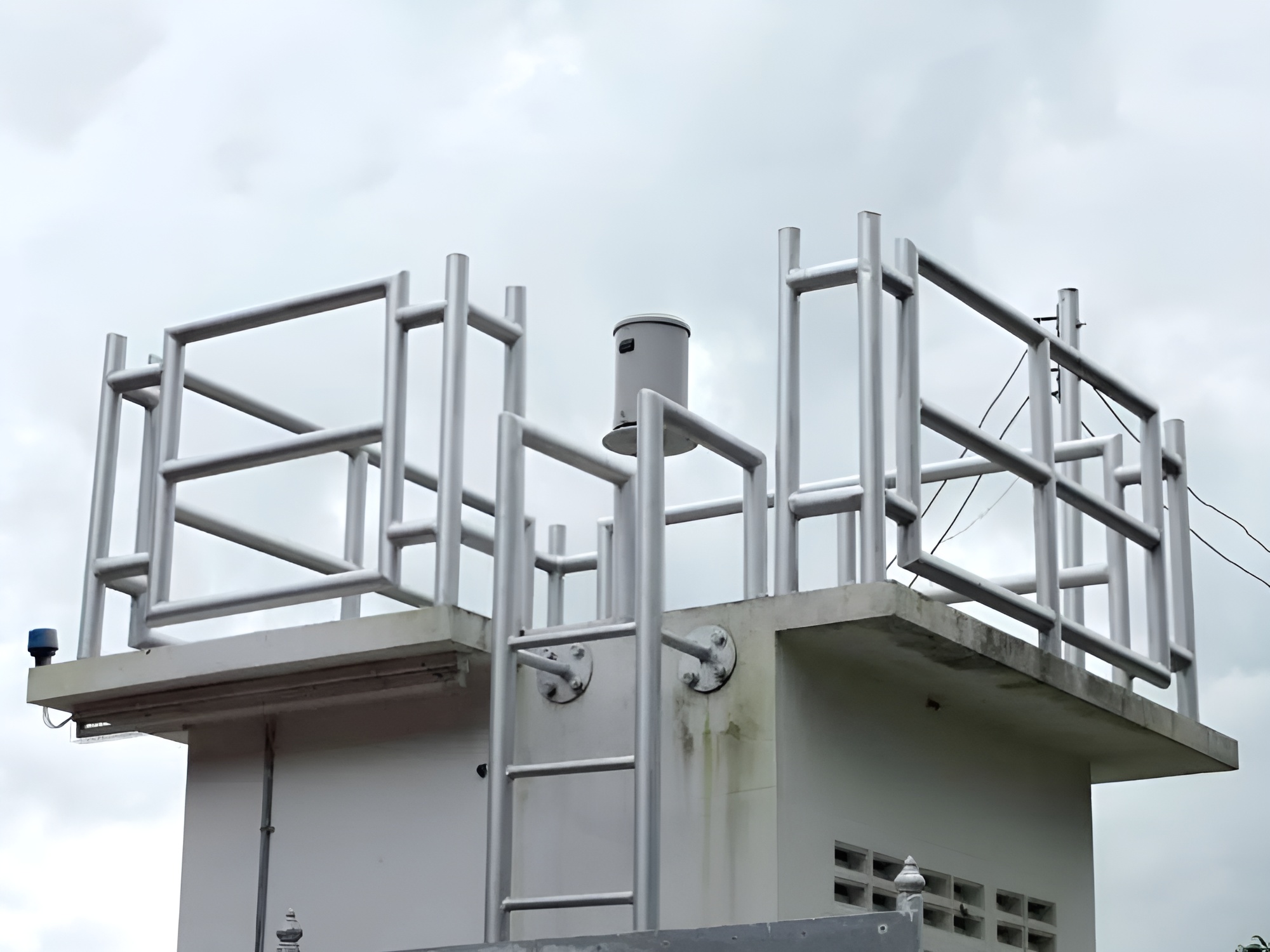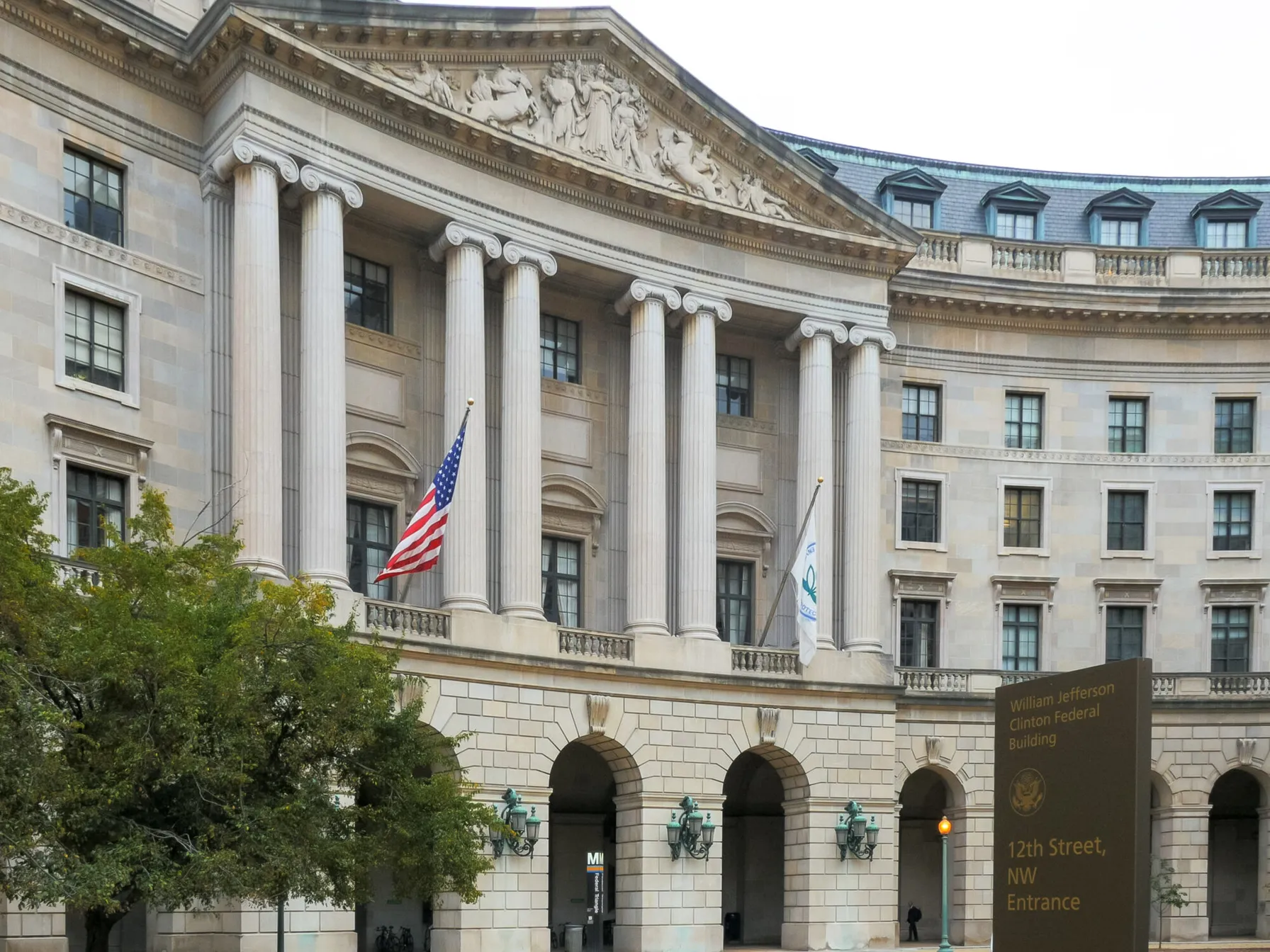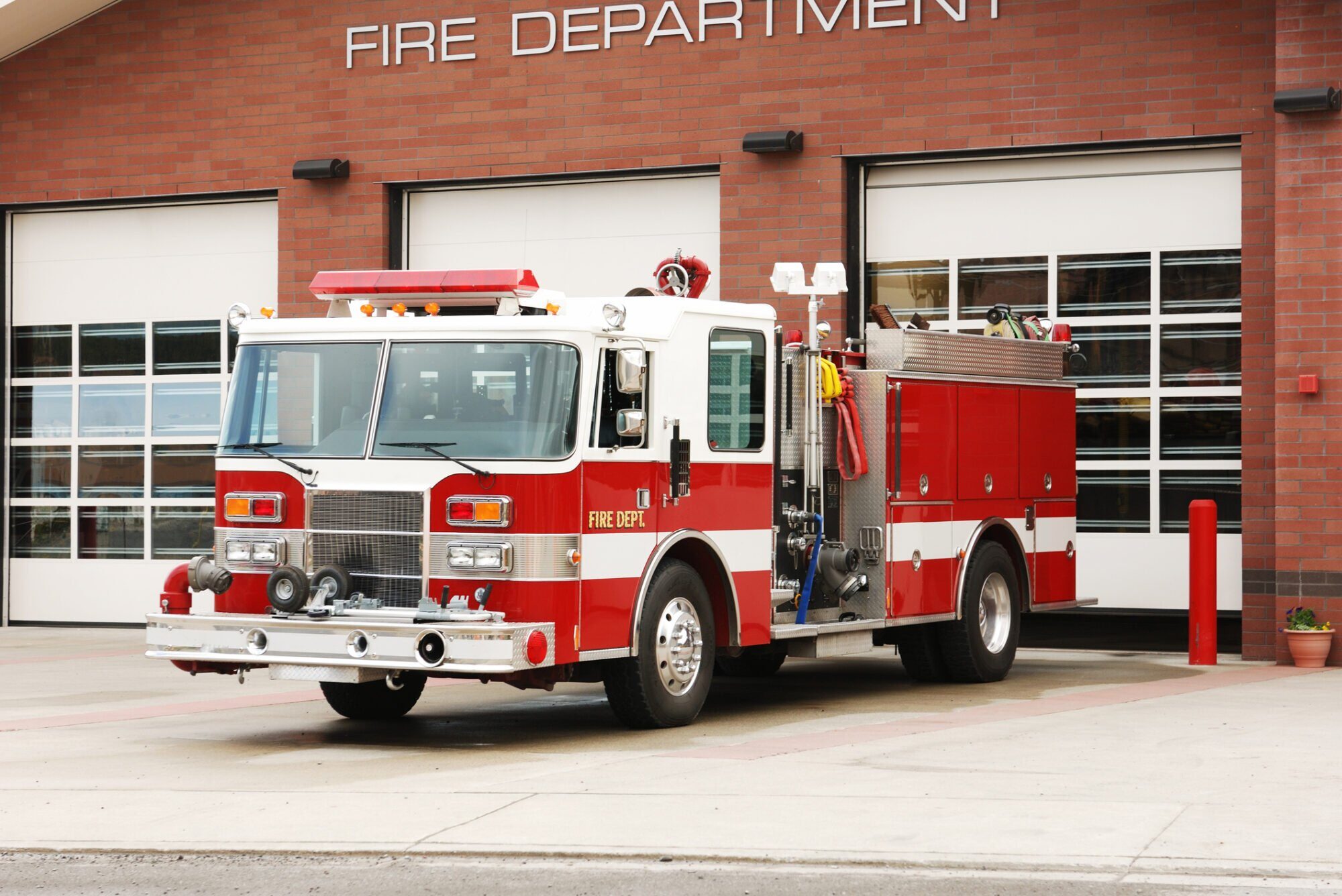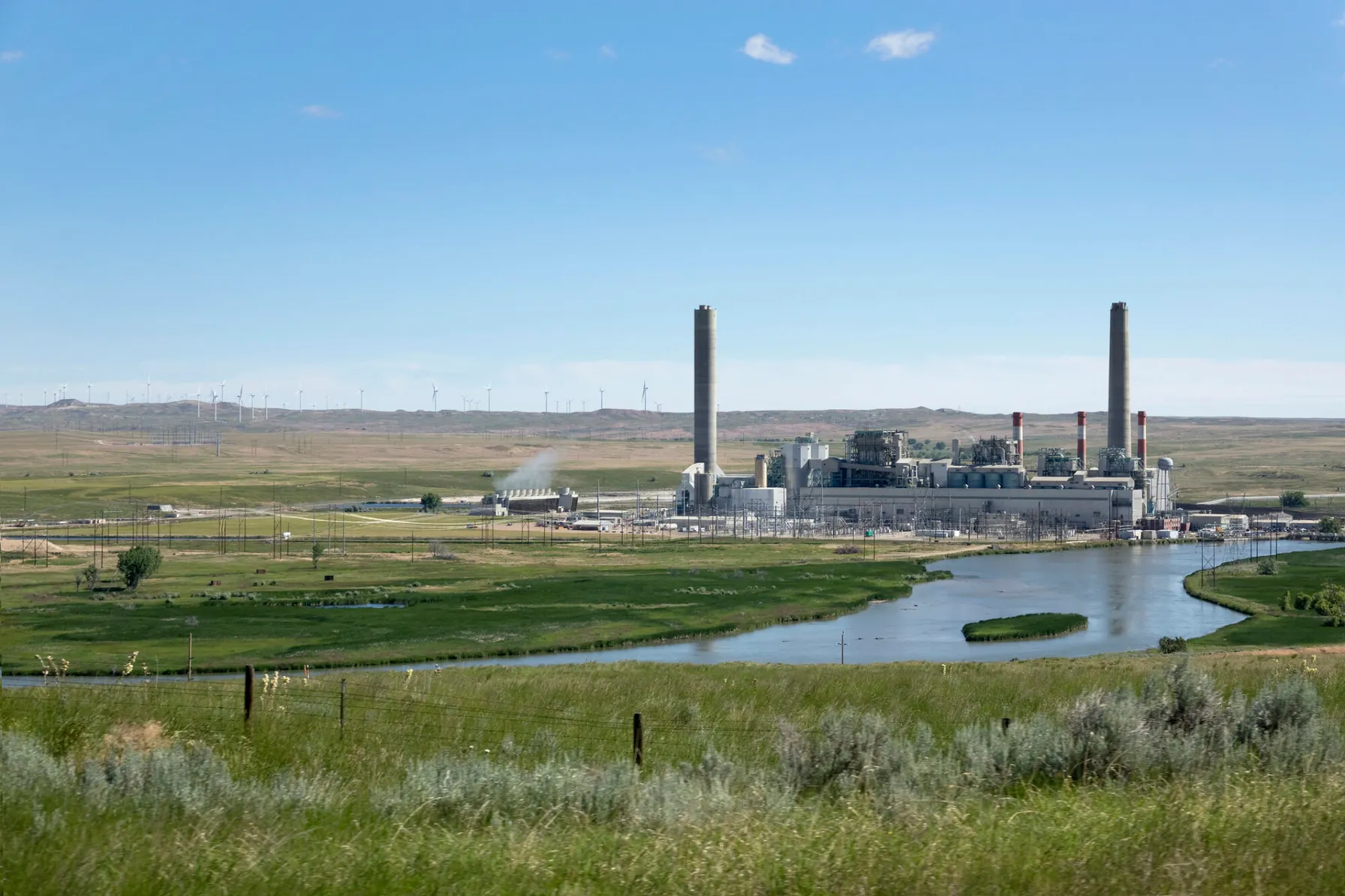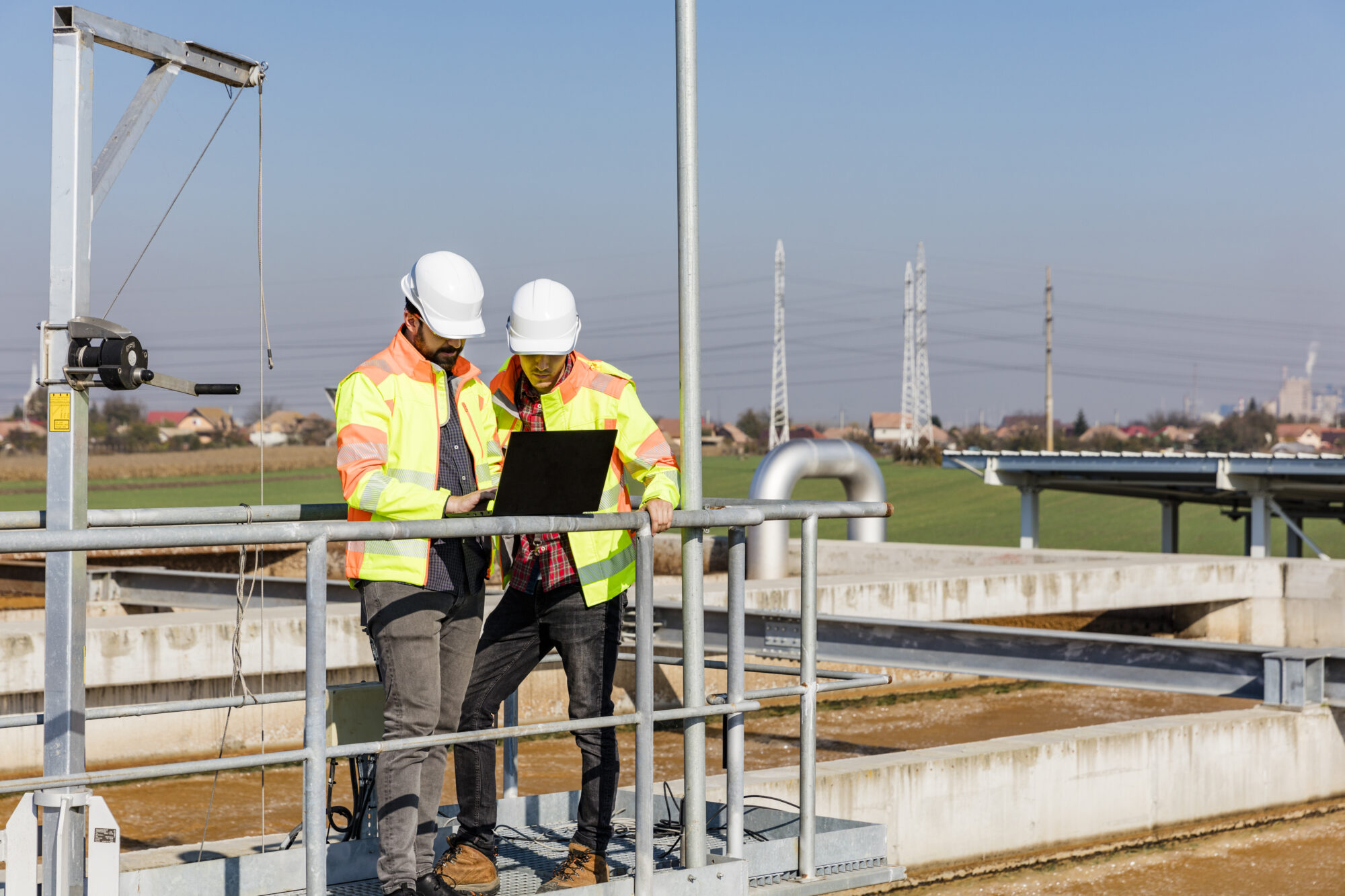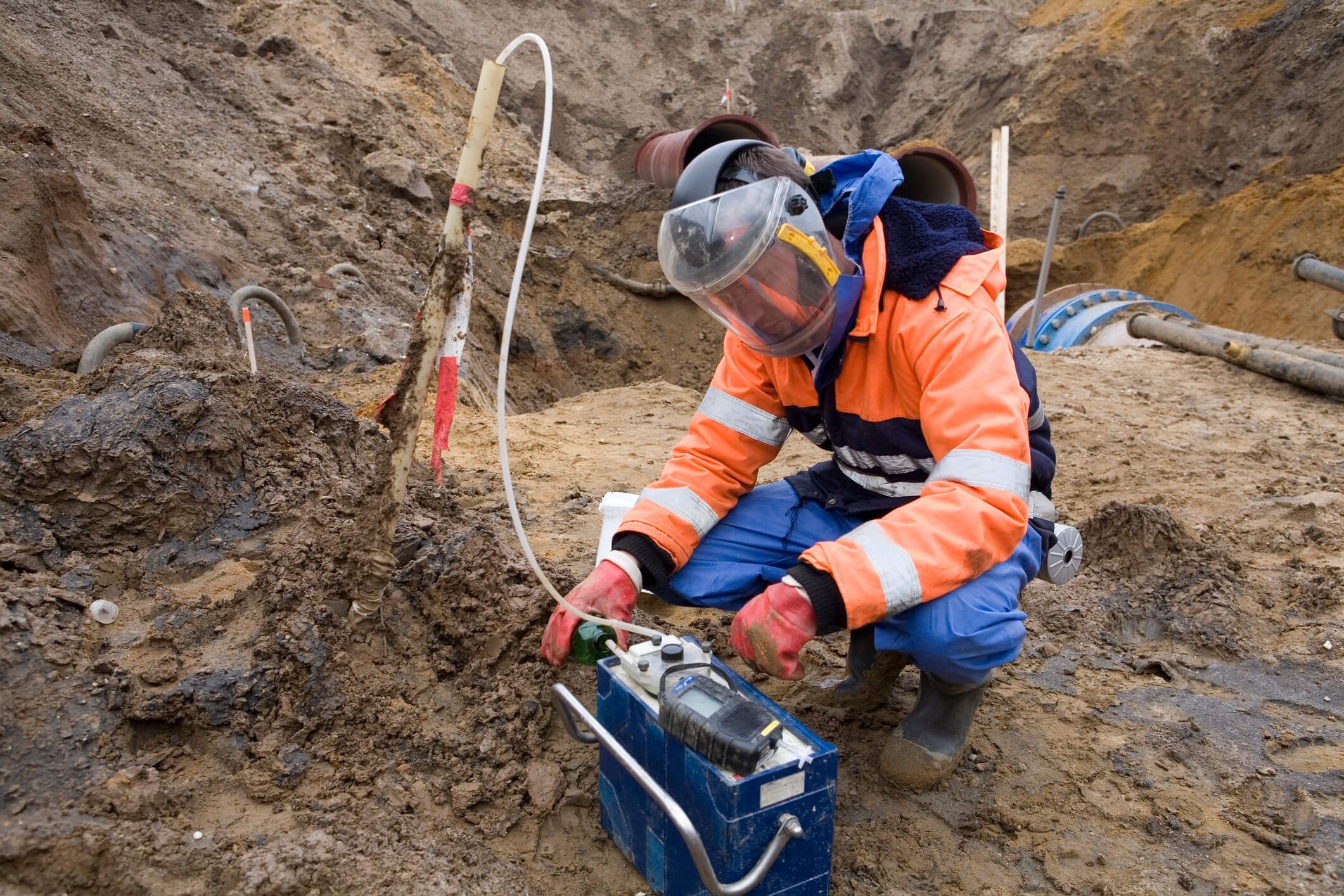Pascagoula, Mississippi
TRC led the permitting and design process for this LNG project.
The LNG Marine Terminal was located in a Designated Critical Habitat for the Federally-endangered Gulf Sturgeon. TRC engaged a nationally-recognized Gulf Sturgeon scientist to conduct SCUBA surveys of the berth area to determine the habitat suitability, compare findings to known Sturgeon habitats and negotiate the appropriate mitigation through formal consultation with NOAA Fisheries.
During the middle of the permitting and design process, Hurricane Katrina made landfall just 10 miles west of the project location in Biloxi, MS. As a result, TRC had to make significant changes to the project’s design to provide additional protection from possible severe storm events. These changes included an increase in the height of the storm surge/containment dike and the redesign of the jetty structures to protect the facility during severe weather events. TRC met with the Commission Staff to discuss hurricane-related modifications to the Environmental Report to address post-hurricane conditions. In addition, TRC modified the individual Resource Reports to include updated information that was reflective of current conditions in the project area. Additional analysis was also conducted to assess the project’s impacts and benefits against the current conditions.
For this project, EPA required additional air modeling for non-PSD source. TRC conducted a joint air quality dispersion modeling analysis to estimate the impacts of emissions sources associated with the LNG Clean Energy and proposed neighboring Casotte Landing LNG Project. Three emission scenarios were modeled by TRC for the LNG Clean Energy Project alone and a joint scenario for both projects together. Two geographical areas were included in the analysis; the Breton Wilderness Area (Class I area) and the near-field area surrounding the LNG terminals (Class II area). TRC conducted the modeling using CALPUFF.
The project was constructed and placed into service in October 2011.
- Client: Gulf LNG Energy, LLC
- Project Location: Pascagoula, Mississippi
Related Projects
Discover the success we’ve had with helping our clients execute major projects and make a meaningful impact on their local communities.

Hudson Transmission Project: New Jersey to New York
Subsea cable transmission allows access to capacity and energy from the PJM Interconnection for NYPA’s New York City customers.

Herring River Estuary Restoration
TRC provided, design, engineering, and permitting services in support of restoring salt marsh and coastal wetlands and waterways within the …

Gopher Tortoise Permitting and Relocation Experience
TRC is a leader in gopher tortoise habitat reviews, surveys, and development of recipient sites.
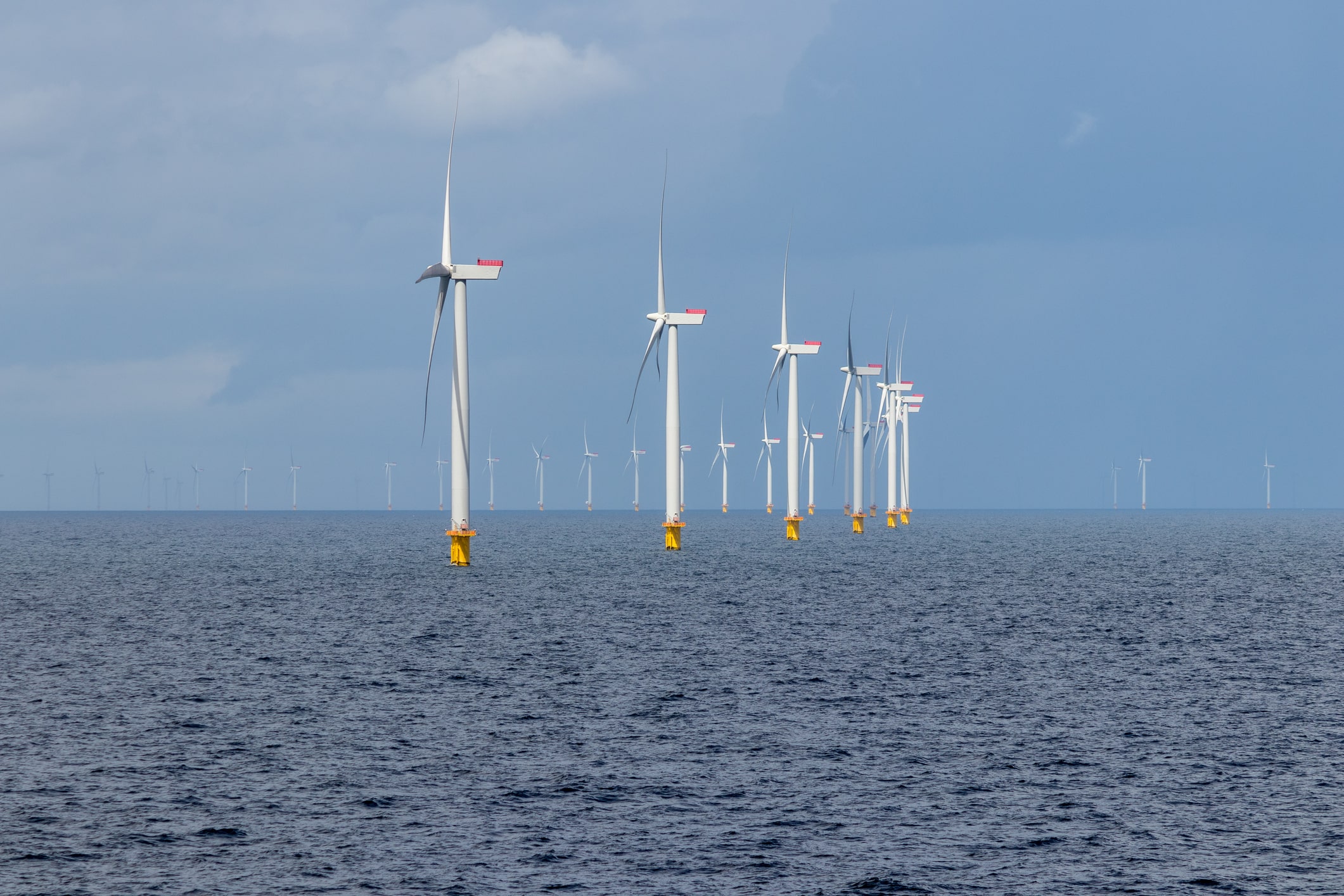
Cape Wind – Environmental Impact Statement and Permitting
TRC provided comprehensive support during the environmental review and permitting process for North America’s first proposed offshore wind farm.

Oil and Gas Facility Risk Modeling with Interactive Results
TRC delivered design, procurement, and construction services for 38 miles of transmission lines, two substation expansions, and equipment upgrades at …
Sharing Our Perspectives
Our practitioners share their insights and perspectives on the trends and challenges shaping the market.
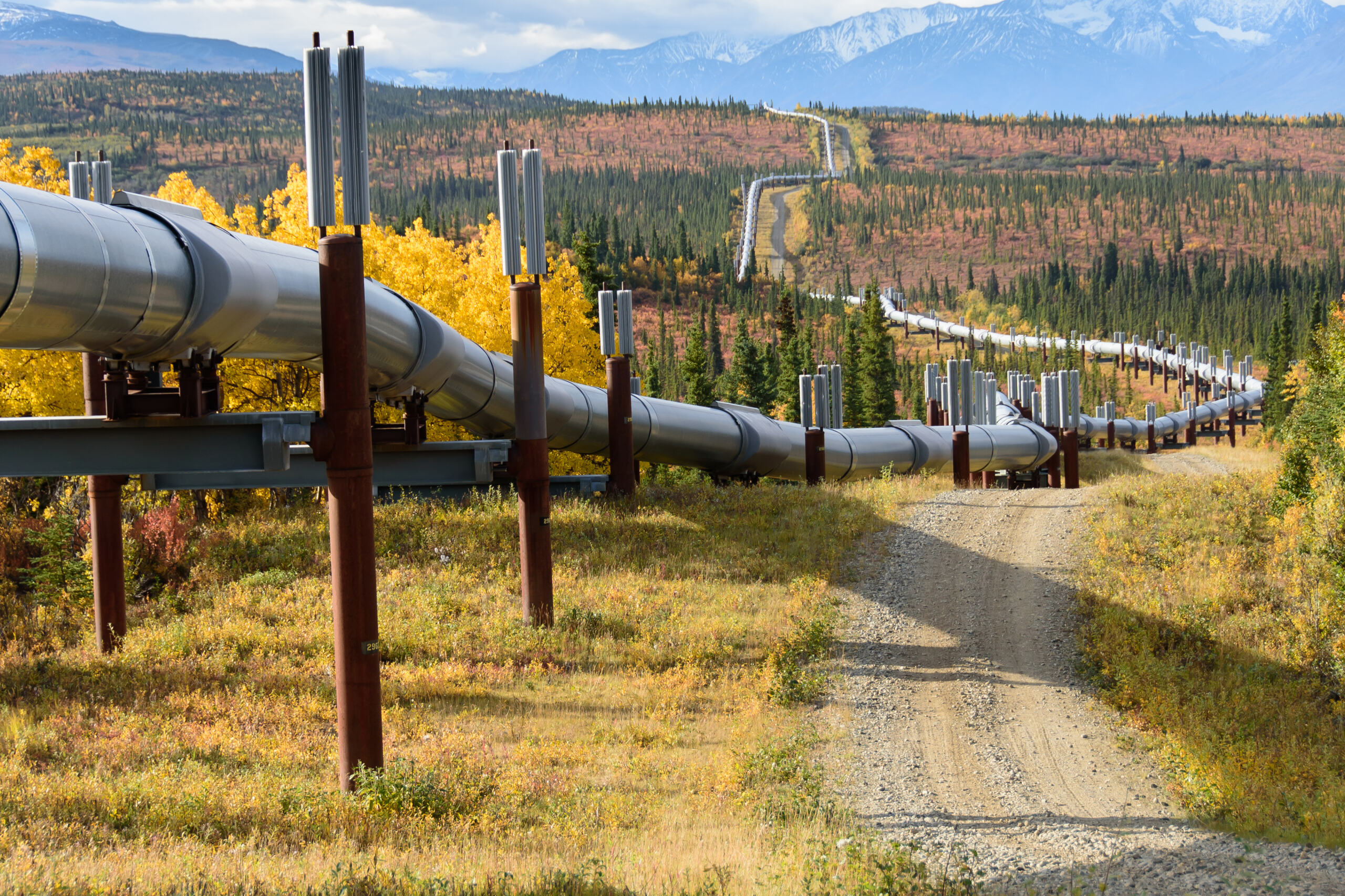
PHMSA Bulletin Outlines New Safety Management Advice
March 28, 2025
Cybersecurity threats to the Bulk Electric System (BES) are escalating, with attackers continuously evolving their tactics to target critical infrastructure.
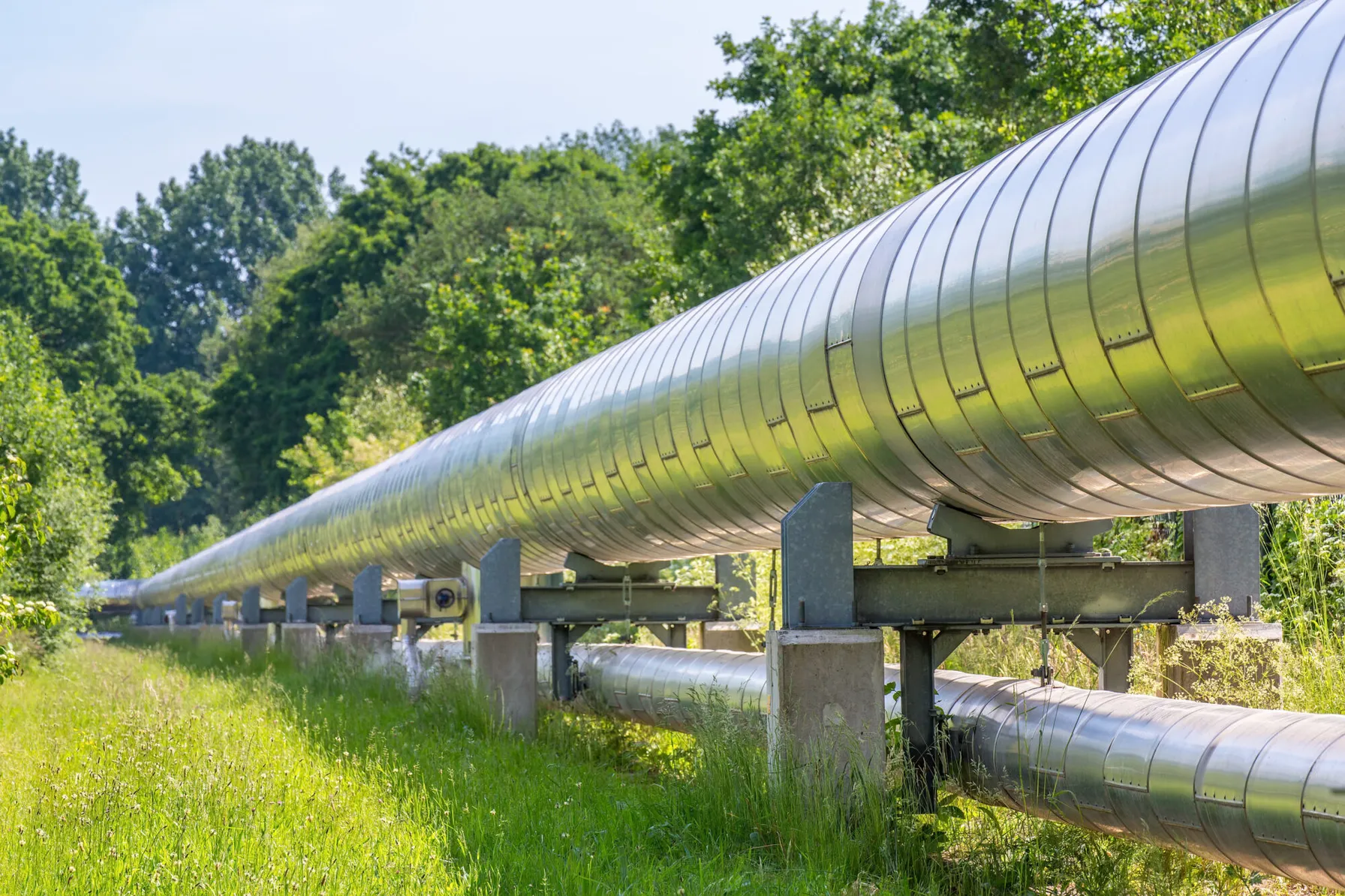
PHMSA Releases Proposed Rulemaking for Pipeline Safety and Gas Pipeline Leak Detection and Repair
June 15, 2023
TRC explains the Proposed Rulemaking for Pipeline Safety and Gas Pipeline Leak Detection and Repair

PHMSA Issues Gas Gathering Final Rule Summary & Requirements
November 30, 2021
PHMSA announced that they issued a final rule that significantly expands Federal pipeline safety oversight to all onshore gas gathering pipelines.

TRC Announces Agreement to Acquire Willbros Professional Services
October 5, 2021
LOWELL, MASS. – Oct. 5, 2015 – TRC Companies, Inc., a recognized leader in engineering, environmental consulting and construction management services to the energy, environmental and infrastructure markets, announced today that it has entered into an agreement to acquire the Professional Services business segment of Willbros Group (NYSE: WG) for $130 million in an all-cash…
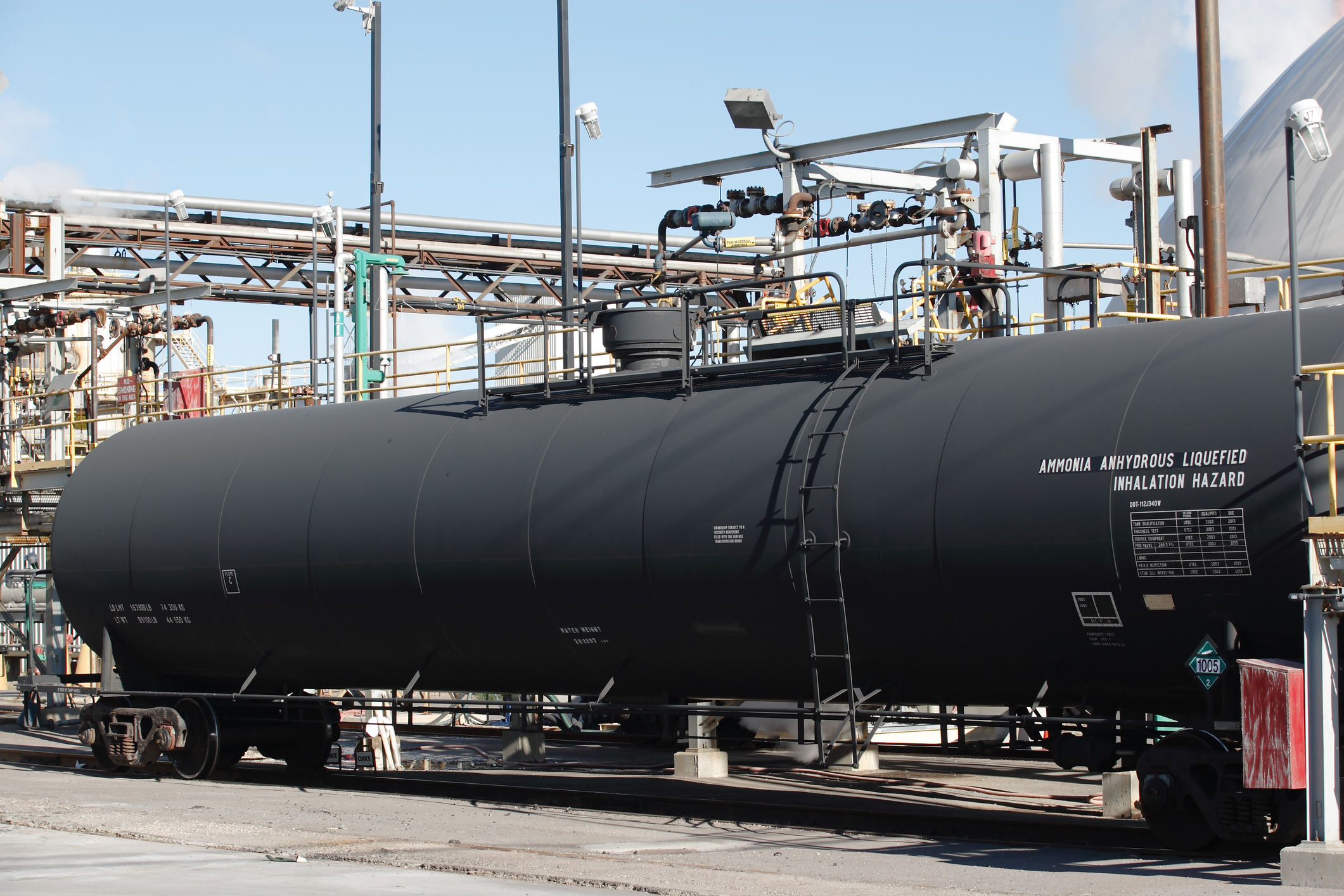
Environmental Compliance Key for Transloading Success
February 24, 2021
Transloading projects that support the transfer of oil from truck to rail and vice versa are an increasing growth opportunity for the rail industry. However, since transfer requires the handling of the goods, transloading can be expensive, and the risk of damage and spills is high.

INGAA Foundation Interview with Lauren O’Donnell
June 22, 2020
TRC’s own Lauren O’Donnell is currently the elected Chair of the INGAA Foundation. The Foundation’s primary activity is to sponsor research aimed at promoting natural gas use and safe, efficient pipeline construction and operation.
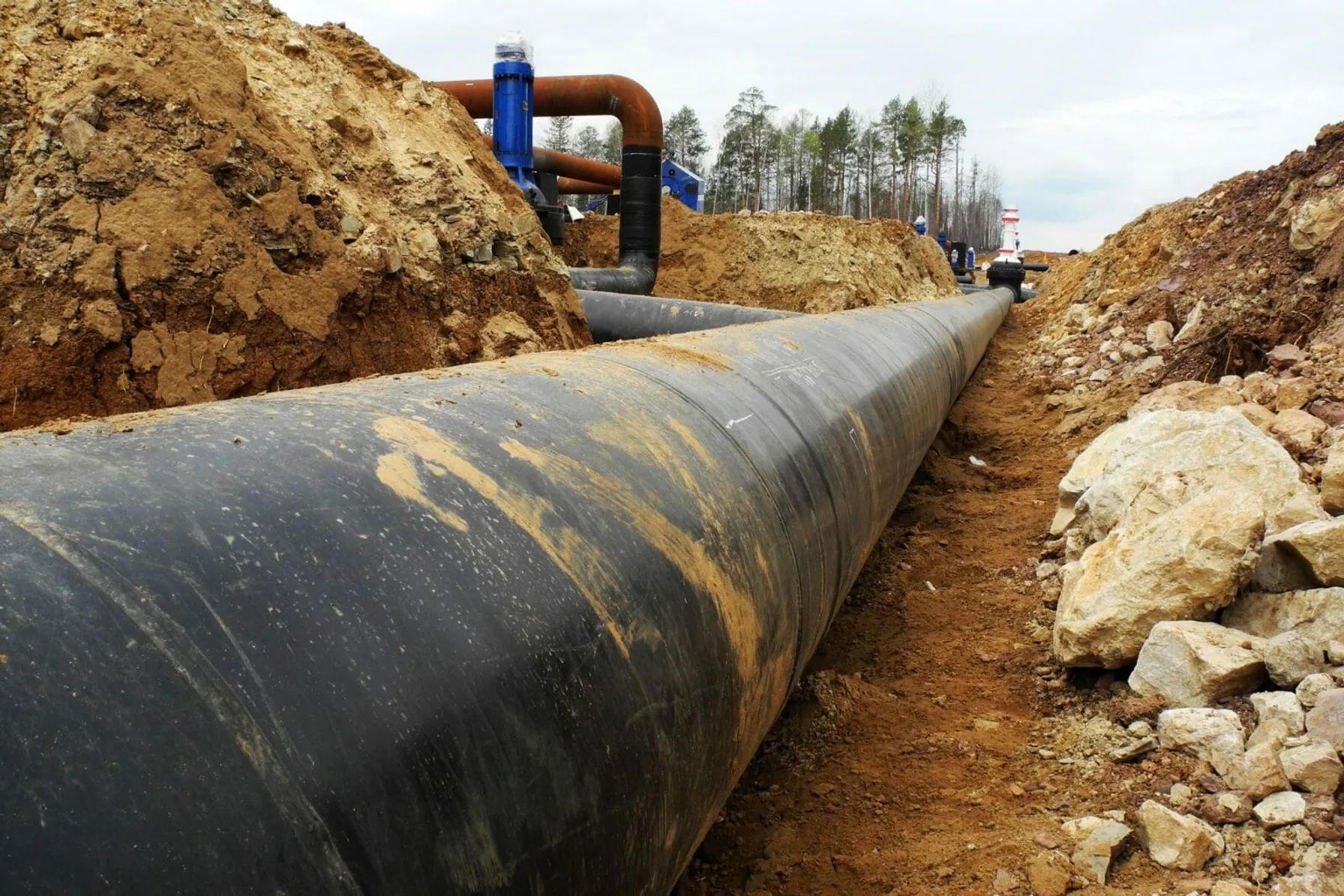
Targeting Perfection in the Construction and Operation of Pipelines
October 18, 2019
To have an impact on the delivery or operation of a pipeline, it’s vital to eliminate the intra- and inter-company barriers, including those in the areas of communications, culture and technology.
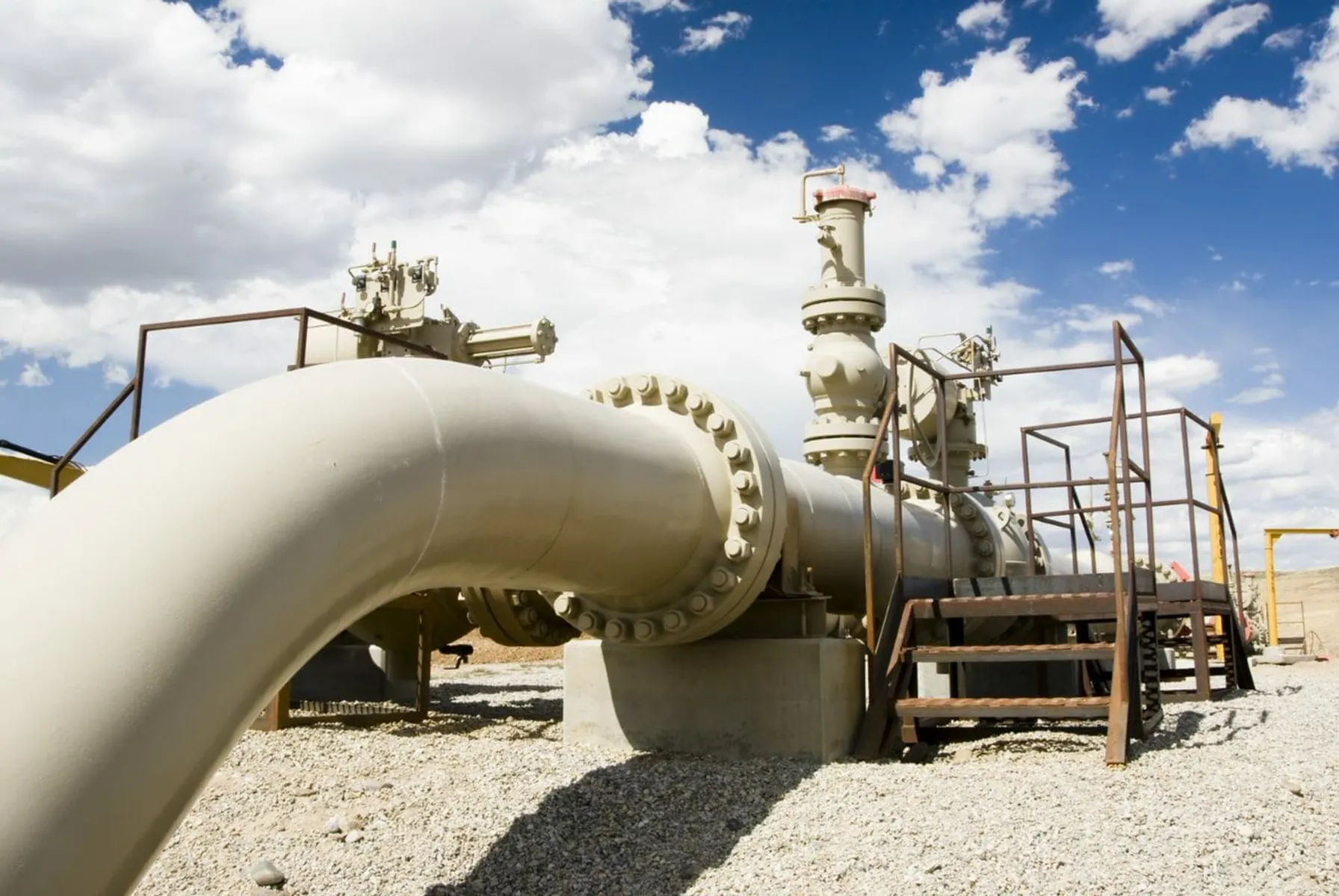
PHMSA Publishes New Rules to Increase the Safety of Hazardous Liquid Pipelines and Gas Transmission Pipelines
September 25, 2019
The Pipeline and Hazardous Materials Safety Administration this week published important new rules aimed at improving pipeline safety.

TRC Chosen to Provide Array of Integrated Services on Midship Pipeline Project
August 28, 2018
TRC has been awarded contracts for environmental consulting, engineering and field services and another for stem-to-stern Engineer, Procure and Construct (EPC) contract for three compressor stations.

NERC Calls for New Approach to Reliability Planning Due to Gas Supply Disruption Risks
December 14, 2017
A recently published NERC report concludes that as reliance on natural gas to meet electric generation requirements increases, additional planning and operational measures must be considered to mitigate power system reliability risks.

TRC’s 2018 Predictions: Infrastructure Initiatives Intensify, Grids Get Smarter and Renewables Remain All the Rage
December 13, 2017
LOWELL, Mass. – TRC Companies Inc., a leader in engineering, environmental consulting and construction-management services, today released its top predictions for 2018, which include federal and state governments pumping trillions into the nation’s aging infrastructure and utilities building smarter, more balanced grids.
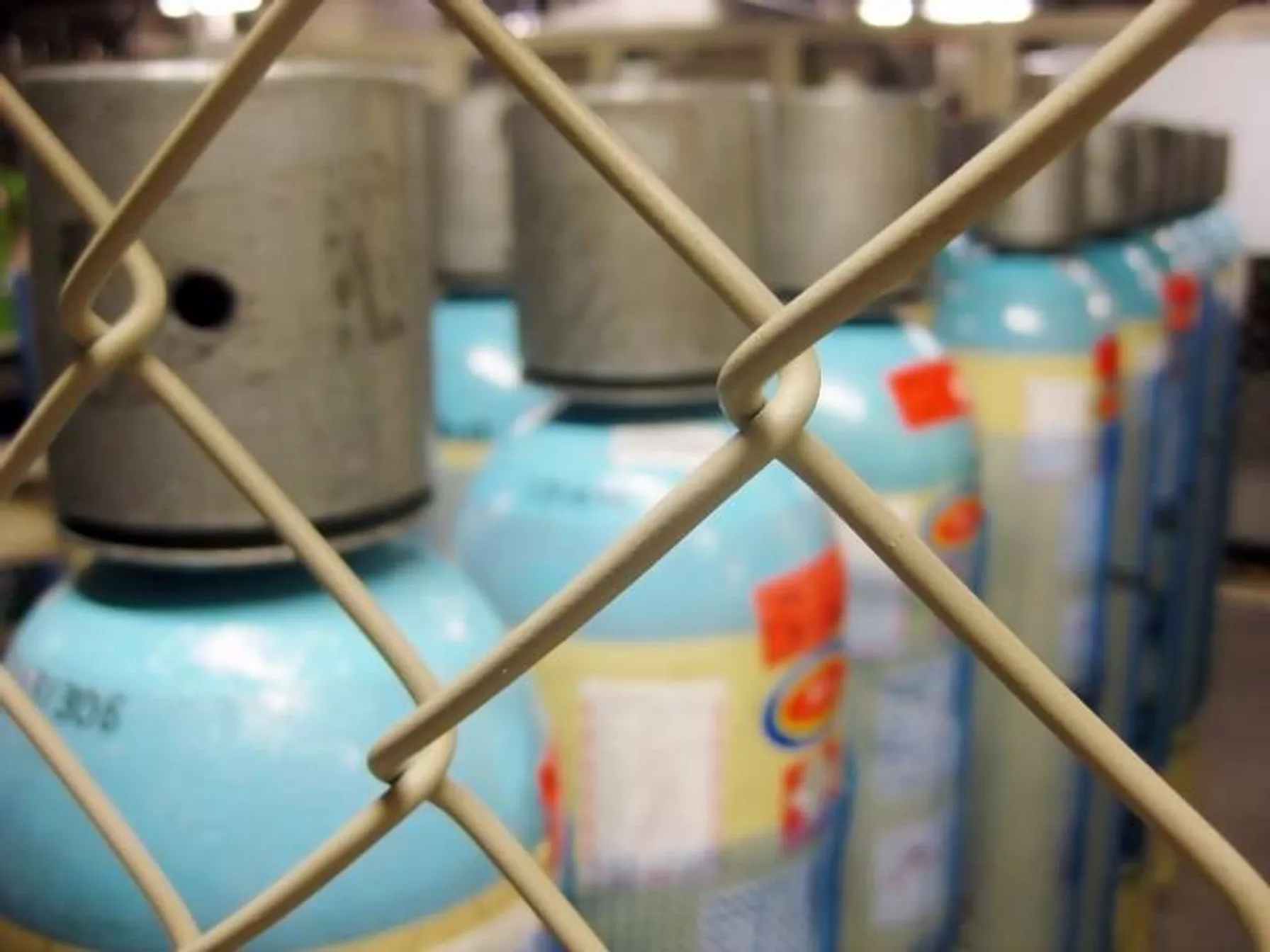
Security Stew: How to Follow the Federal Regulatory Recipe for Safe Chemical Storage
September 19, 2017
Three different federal agencies regulate the storage of chemicals at facilities in the United States – and each for different reasons. Learn about the various rules from the alphabet soup of agencies (DHS, EPA and OSHA) involved and how to keep your business compliant.
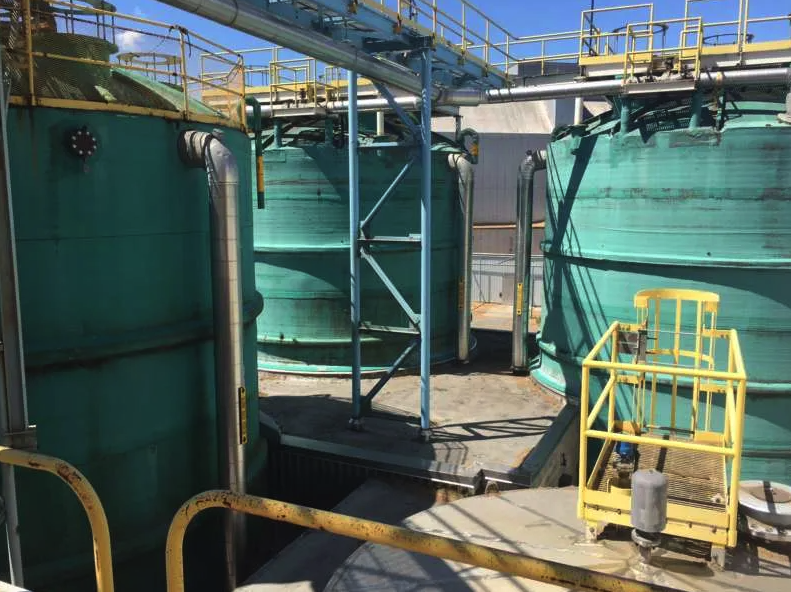
New Issues Emerge Regarding Chemical Security
September 7, 2017
Chemical Security is a developing subject area that gained traction with the passage of the Homeland Security Appropriations Act of 2007, which authorized the Department of Homeland Security (DHS) to regulate the security of chemicals deemed to be of interest to terrorists. The Chemical Facility Anti-Terrorism Standards (CFATS) were developed as a result, and CFATS security requirements now apply to over 300 chemicals handled by a wide range of facilities

TRC Awarded $2.5 Million North Carolina Natural Gas Transmission Line Contract
May 12, 2017
LOWELL, Mass., May 12, 2017 — TRC Companies, Inc., a recognized leader in engineering, environmental consulting and construction-management services, announced today it has been awarded a $2.5 million contract to provide engineering and construction support to PSNC Energy for its 40-mile Franklin and Wake County Extension Project to meet strong demand for natural gas in North…

TRC’s Top 12 Predictions for The Energy Industry in 2017
December 12, 2016
LOWELL, MA, TRC Companies Inc., a recognized leader in engineering, environmental consulting and construction-management services, today released its top 12 predictions for the energy, utility, and oil and gas sectors for 2017, including robust funding for utility mergers and acquisitions and infrastructure upgrades as well as big shifts in power plant and pipeline construction focus.

Engineering Performance Emissions Testing for Process Improvement and Cost Reduction
July 18, 2016
Engineering performance emission testing can do more for your business than just meet legal requirements and mitigate risks. Three tests in particular can have significant economic benefits across industries.

EPA to Include CERCLA Sites and RCRA Facilities in Site Remediation NESHAP
June 23, 2016
EPA has published a proposed rule that would extend the requirements of the Site Remediation National Emission Standards for Hazardous Air Pollutants (NESHAP) regulations to previously exempt soil and groundwater remediation activities under CERCLA and RCRA.

TRC Becomes Major Tulsa Employer With Acquisition of Willbros Professional Services
January 20, 2016
From left to right: County Commissioner Karen Keith; Mike Neal, CEO Tulsa Regional Chamber; Tulsa Mayor Dewey F. Bartlett; Ed Wiegele, SVP and Pipeline Services Sector Director, TRC; Chris Vincze, Chairman & CEO, TRC; Lannie McNeill, Senior Technical Advisor, TRC – January 20, 2016 – TRC Companies, Inc. and the Tulsa Regional Chamber today hosted…

Changes to EPA’s Risk Management Program (RMP) Regulations Are Coming
April 14, 2023
Changes to the Risk Management Program (RMP) regulations were signed into a final rule on February 27, 2024, by EPA Administrator Michael S. Regan.

EPA Finds Trichloroethylene Presents Unreasonable Risk in Final Risk Evaluation
April 6, 2023
On Jan 9, 2023, the United States Environmental Protection Agency (EPA) revised the Toxic Substance Control Act (TSCA) to reflect a new risk determination for trichloroethylene (TCE).

Proposed Use of a Hazard Index for PFAS National Primary Drinking Water Regulation (NPDWR)
April 4, 2023
The Proposed MCL and MCLG for the four PFAS, PFNA, PFHxS, GenX, and PFBS, considers their toxicity as additive. The EPA has proposed a HI of 1.0 as the MCL and MCLG for the four PFAS combined.

Using the R2 Guidance in Indiana
March 21, 2023
TRC outlines the new R2 Guidance in Indiana

Routinely Evaluating the Health & Effectiveness of Integrated Systems to Manage EHS/ESG Risks – Part I
March 1, 2023
Once established, an EHS/ESG management system must be routinely evaluated to ensure it remains effective to identify and control risks, as well as accommodate and adjust for changes that occur to/within the organization.
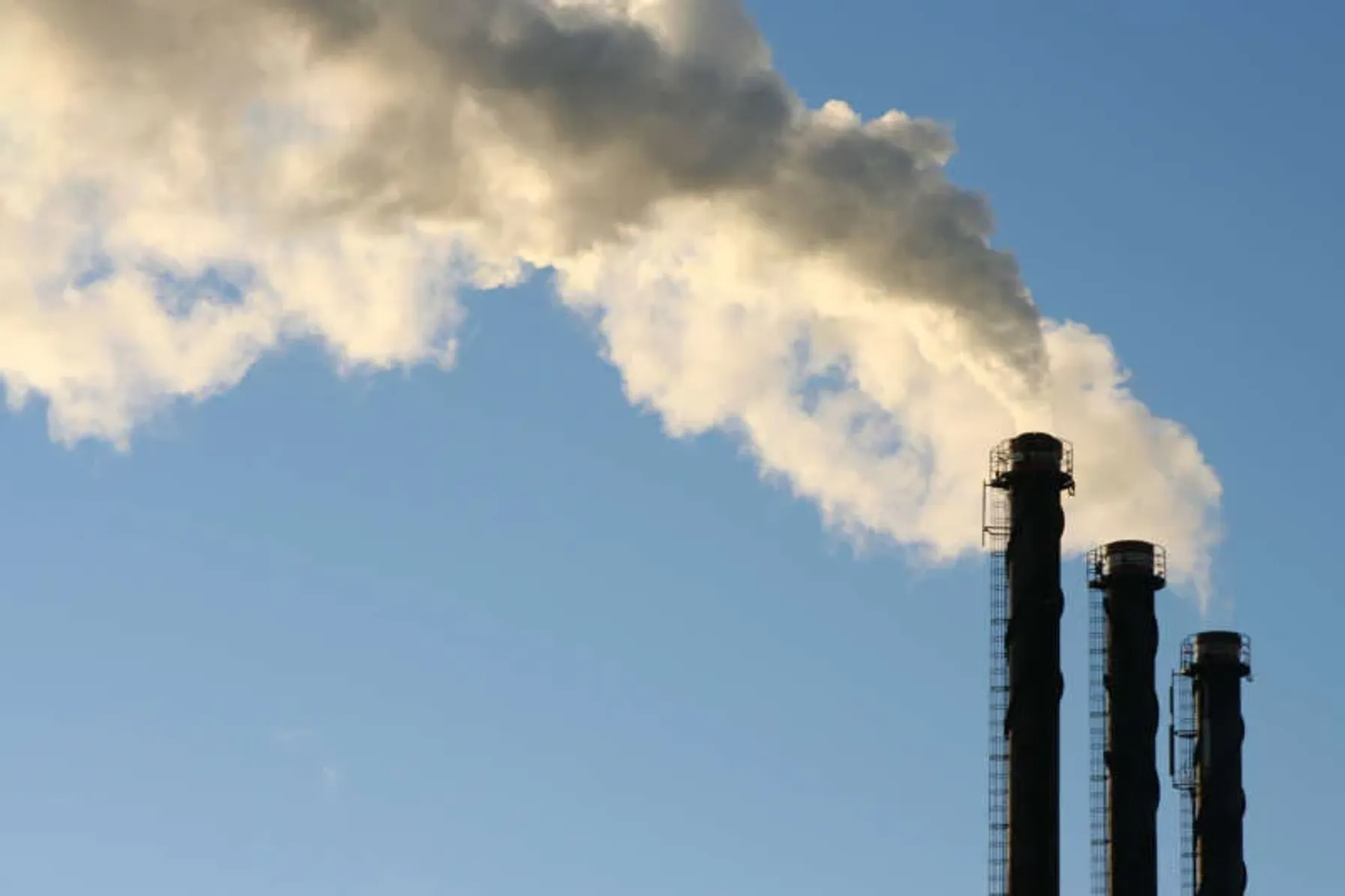
Consequences of a Lowered NAAQS for PM2.5
February 16, 2023
TRC breaks down the significance of EPA lowering the NAAQS for PM₂.₅
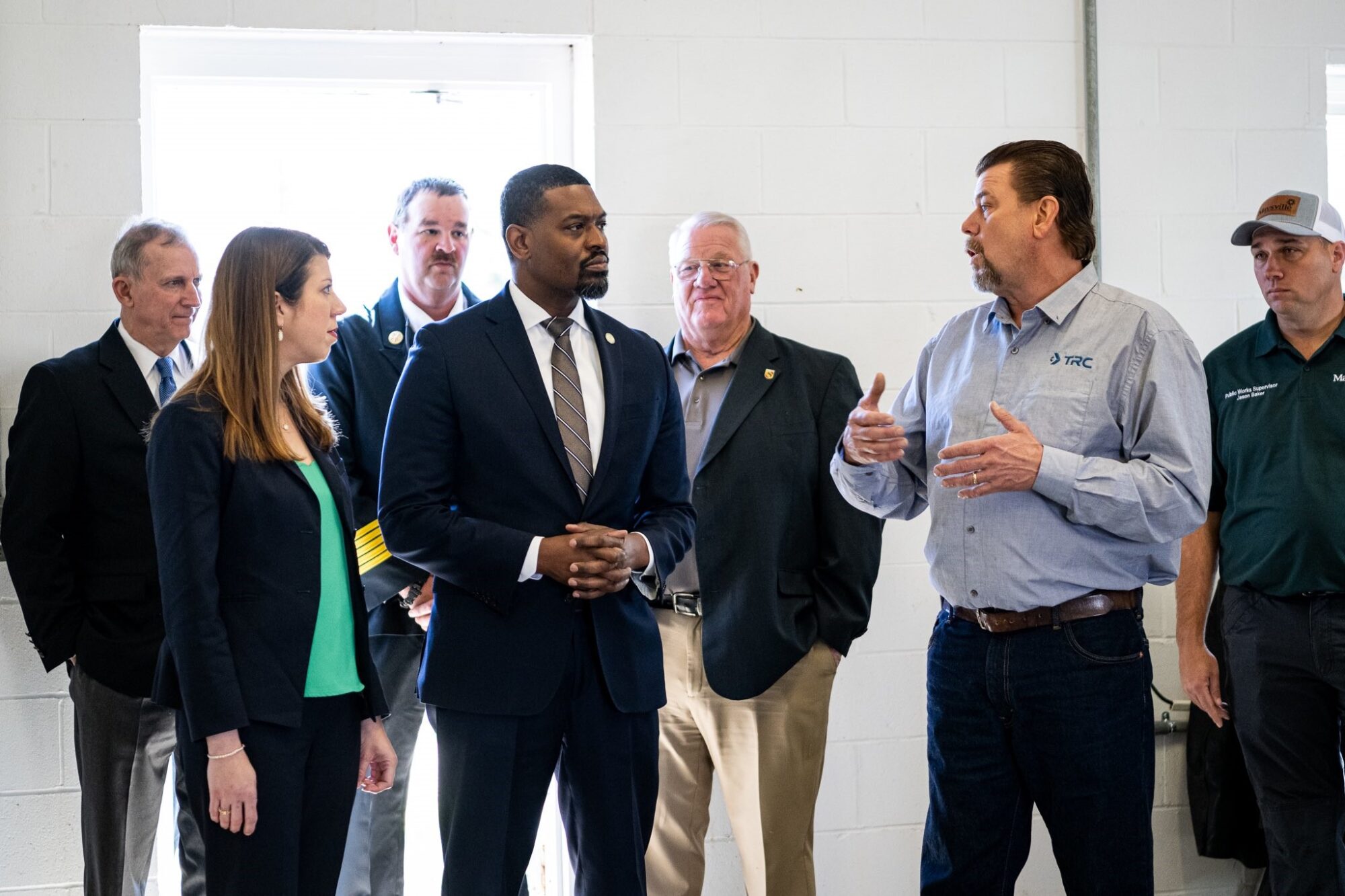
EPA Announces $2 Billion in Funding to Address Emerging Contaminants in Drinking Water
February 14, 2023
Environmental Protection Agency Administrator Michael Regan announced $2 Billion in infrastructure funding to help the nation’s rural water supplies.
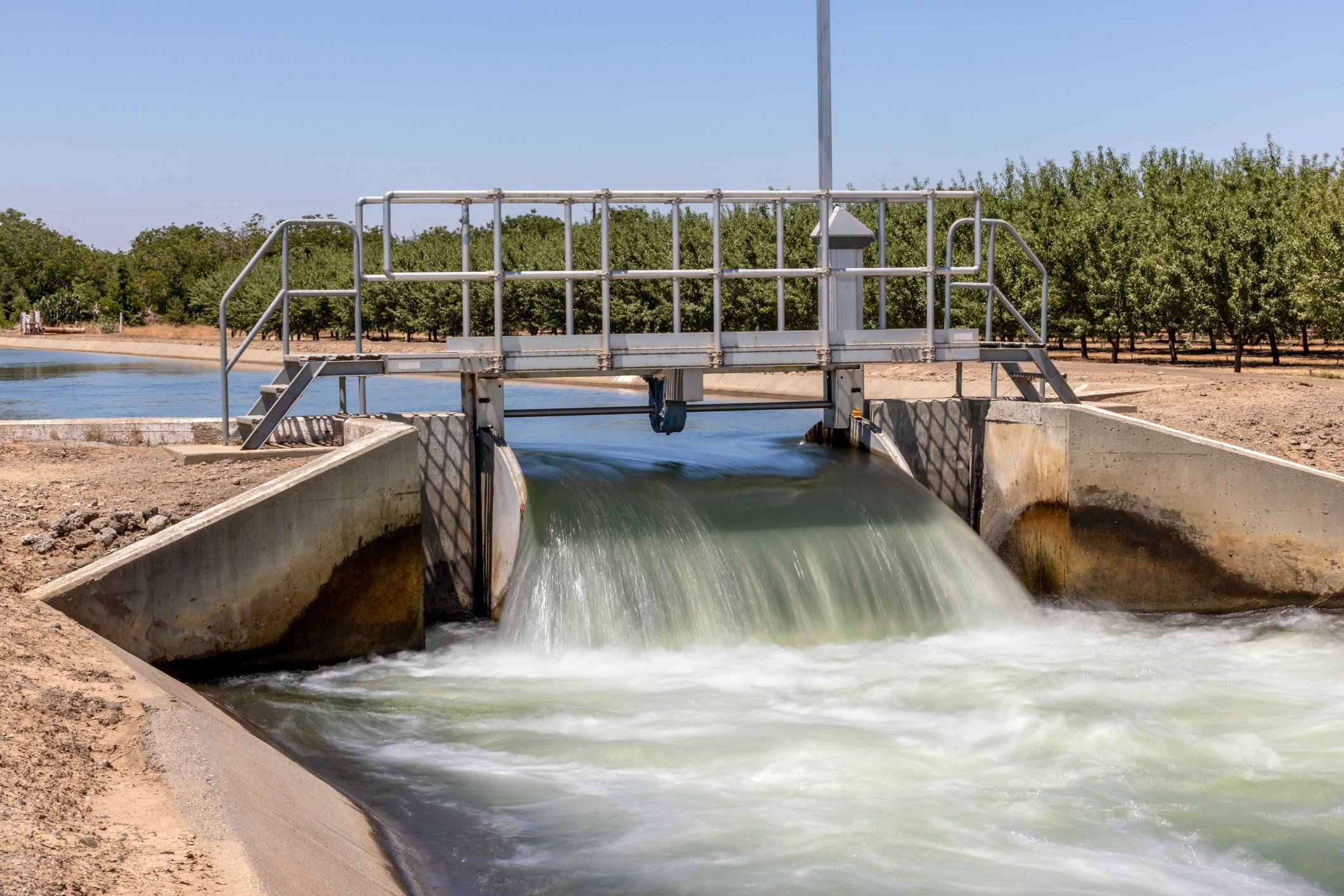
EPA Publishes Effluent Guidelines Program Plan 15
February 14, 2023
The EPA announced updated effluent limitations guidelines under Plan 15, focusing on the evaluation and rulemaking process for per- and polyfluoroalkyl substances (PFAS) discharges.

Phase I ESA ASTM Standard Update: The Wait is Over
December 21, 2022
The USEPA published a Final Rule making the ASTM E1527-21 Phase I ESA standard AAI compliant.

Proactive Enforcement is Key in the EPA FY2022-2026 Strategy
October 19, 2022
A core element of the EPA FY2022-2026 Strategic Plan focuses on environmental compliance.

Preparing for EPA Inspections in Environmental Justice Communities
October 4, 2022
The EPA Office of Enforcement and Compliance Assurance Have Expanded Goals to Strengthen Enforcement and Protections Within EJ Communities

New National Emerging Contaminants Research Initiative
September 12, 2022
The Executive Office of the President of the United States announced a National Emerging Contaminant Research Initiative

NERC Proposes Implementation Guidance for PRC-019-2
August 22, 2022
NERC has proposed implementation guidance for PRC-019-2, the standard that verifies coordination of generating unit facility or synchronous condenser voltage regulating controls, limit functions, equipment capabilities and protection system settings.

Optimizing EHS/ESG Information Management and Reporting Systems by Leveraging Innovative Digital Technology Solutions
August 10, 2022
A single, integrated enterprise wide EHS/ESG IMS can significantly improve performance and communicate progress towards organizational requirements and goals.
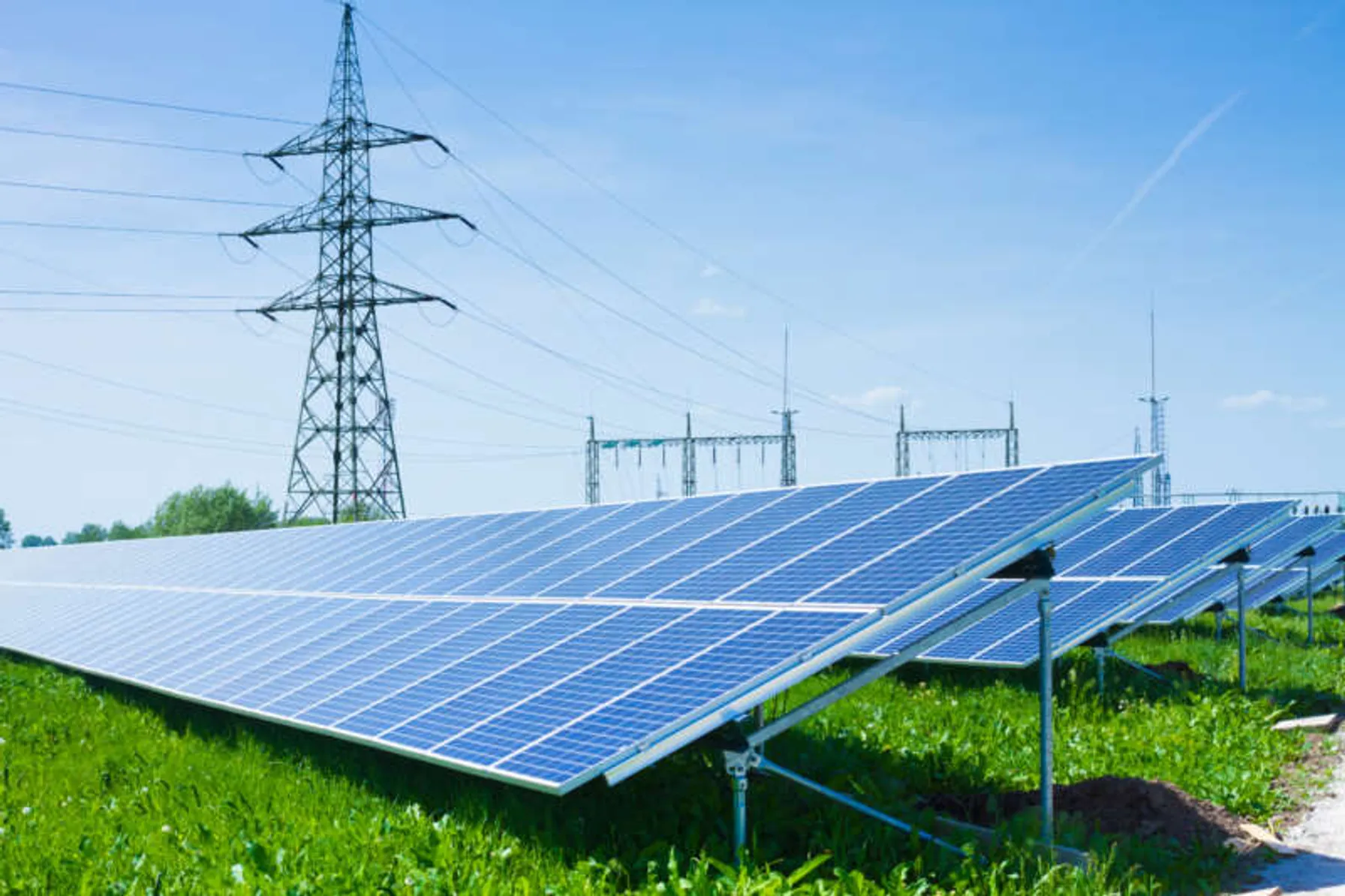
Revisions to FAC-001 and FAC-002 Submitted for FERC Approval
July 12, 2022
Reliability Standards FAC-001-4 and FAC-002-will resolve uncertainty regarding the meaning of “materially modify” under the currently effective standards.

FERC Order No. 881-A Has Implications for NERC Compliance Programs
June 23, 2022
Updated Order will have significant impact on NERC compliance programs related to both PRC standards and facilities ratings. Utilities should review the Order’s requirements and prepare for changes needed to remain compliant.
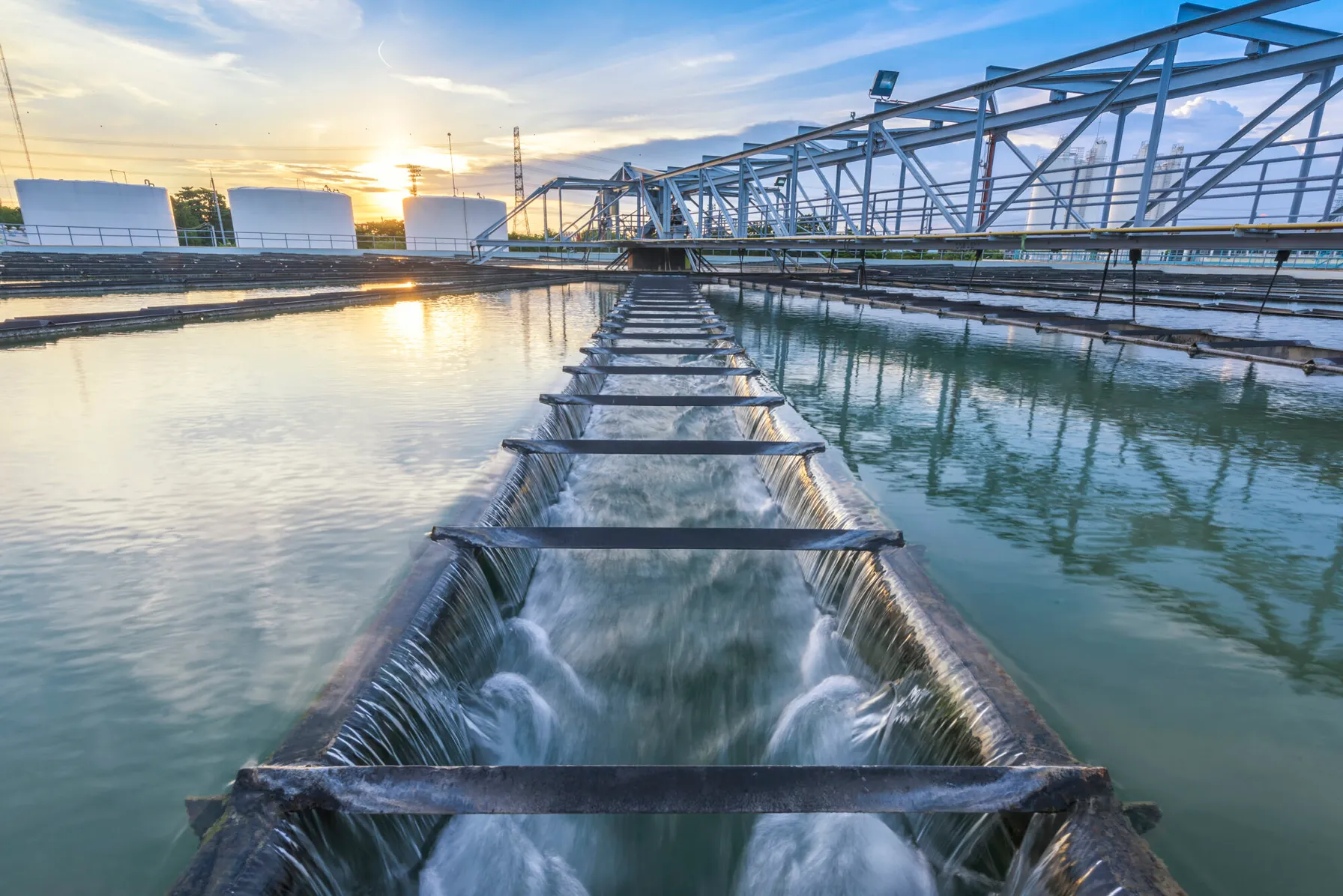
Integrating Sustainability, Digital Connectivity and Design Optimization in Wastewater Treatment Systems
June 20, 2022
Some organizations rarely think about water and wastewater treatment, until there is a problem. American industry depends on the ability to treat wastewater discharges while complying with regulatory standards and addressing emerging contaminants. If wastewater treatment fails, our environment is negatively impacted, and companies are exposed to shutdowns, delays and fines.
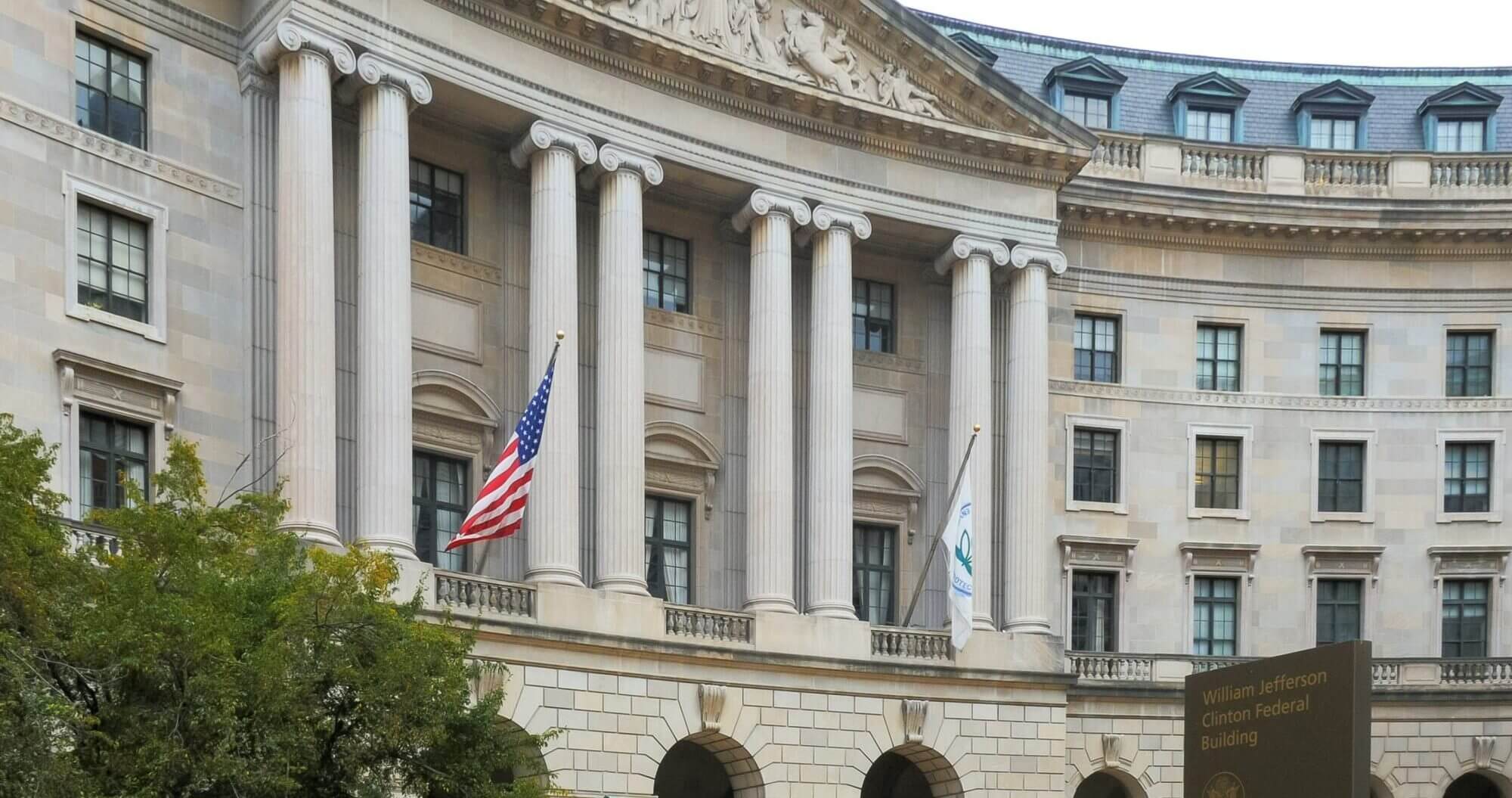
Climate Action and Environmental Justice are at the Forefront of EPA’s Strategic Plan
June 14, 2022
The EPA issued its Fiscal Year 2022-2026 Strategic Plan. Although the strategic plans emphases often change with administrations, we can be reasonably certain that the Plan reflects priorities through 2024.

Support an Integrated EHS/ESG Management System
June 10, 2022
– January 20, 2016 – TRC Companies, Inc. and the Tulsa Regional Chamber today hosted an open house and ribbon-cutting ceremony, to welcome the Willbros Professional Services staff to the TRC family and to introduce the newly expanded company to the greater Tulsa community. During the event, Tulsa Mayor Dewey F. Bartlett Jr., TRC leadership and local government officials discussed the impact of the acquisition for the Tulsa community and for the Company’s clients. TRC, a recognized leader in engineering, environmental consulting and construction-management services, acquired the professional services business segment of Willbros late last year. The new TRC business unit, “Pipeline Services,” positions TRC as the leading provider of end-to-end solutions in both the power and oil & gas markets. Speakers at the event included Dewey F. Bartlett Jr., Mayor of the City of Tulsa; Mike Neal, President and CEO of the Tulsa Regional Chamber; Chris Vincze, Chairman & CEO of TRC; Ed Wiegele, Senior Vice President and Pipeline Services Sector Director at TRC (formerly President of Willbros Professional Services); and Scott Pruitt, Oklahoma Attorney General. “We couldn’t be happier to be here in Tulsa today, welcoming our new colleagues and introducing TRC to the community,” Vinzce said. “The merger of our organizations is transformational for both of our businesses. We are truly ‘better together,’ with expanded capabilities to serve the oil and gas market at a time when cleaner natural gas solutions are pivotal to our collective energy future. We are focused on providing immediate and long-term value to all of our clients and are committed to helping the Tulsa business community continue to grow.” “Tulsa is home to several major industries, including oil and gas, and the region has the greatest growth and employment concentration in the country,” Neal said. “We are confident TRC will be a valuable partner as we continue to expand our workforce and boost economic development for years to come.” Headquartered in Tulsa, OK, and led by Ed Wiegele, TRC Pipeline Services has approximately 750 employees in nine offices nationwide. It has a premier reputation as a provider of innovative pipeline and facilities engineering, EPC/EPCM, field services and integrity services to the oil and gas transmission and midstream markets, as well as at government facilities. The segment’s 2014 gross revenue was approximately $209 million. A pioneer in groundbreaking scientific and engineering developments since the 1960s, TRC is a national engineering, environmental consulting and construction management firm that provides integrated services to the energy, environmental, infrastructure and pipeline services markets. TRC serves a broad range of commercial, industrial and government clients, implementing complex projects from initial concept to delivery and operation. TRC delivers results that enable clients to achieve success in a complex and changing world. For more information and updates from the Company, visit TRC’s website at www.TRCsolutions.com and follow TRC on Twitter at @TRC_Companies and on LinkedIn.
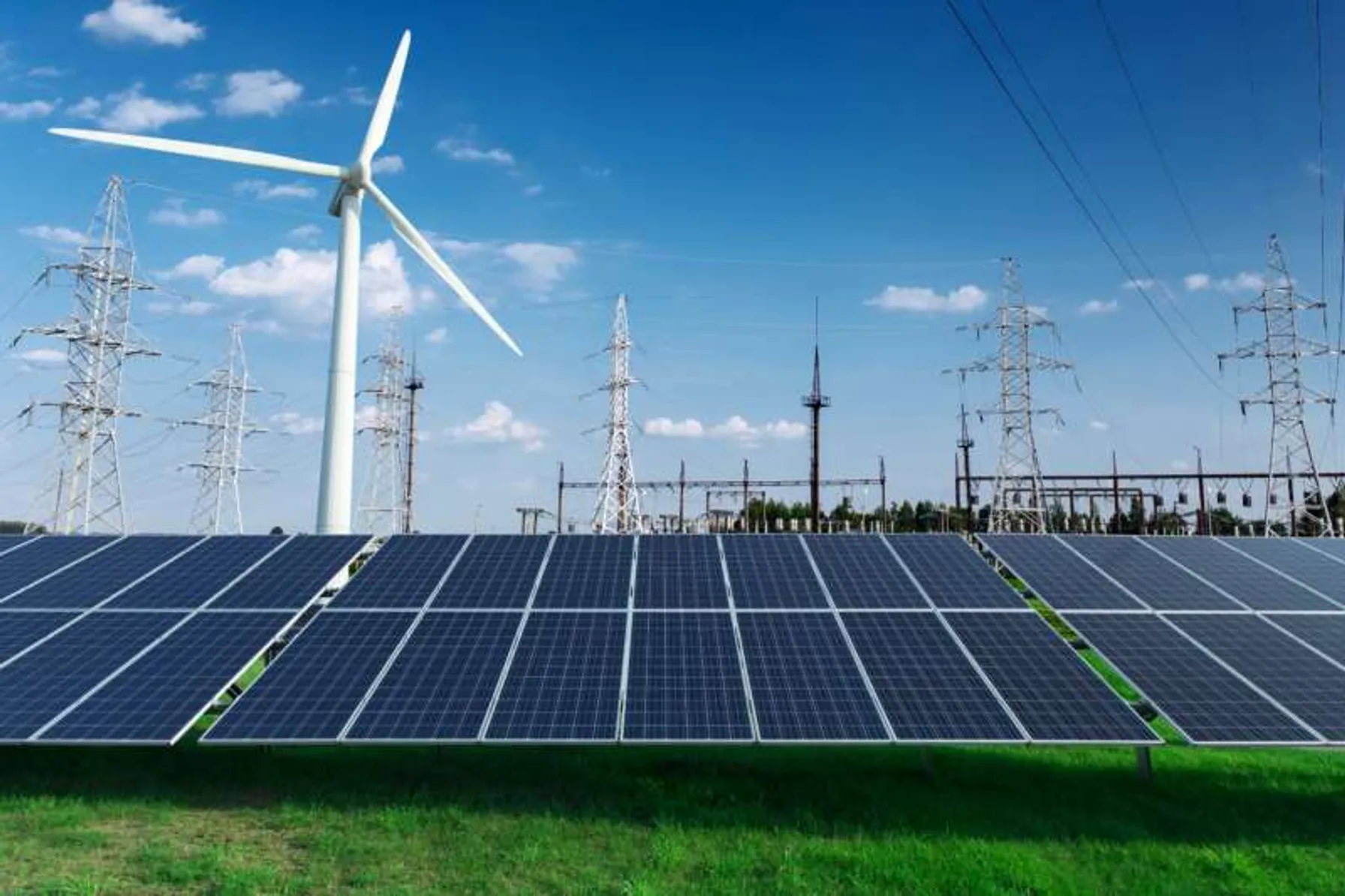
NERC’s Revised PRC-024-3 Standard for Inverter-Based Generation Effective in October 2022
May 11, 2022
Changes to PRC-024-3 in support of inverter-based generation performance are going into effect in October of this year. Interconnection programs and documentation procedures may need to be updated in order to maintain compliance.
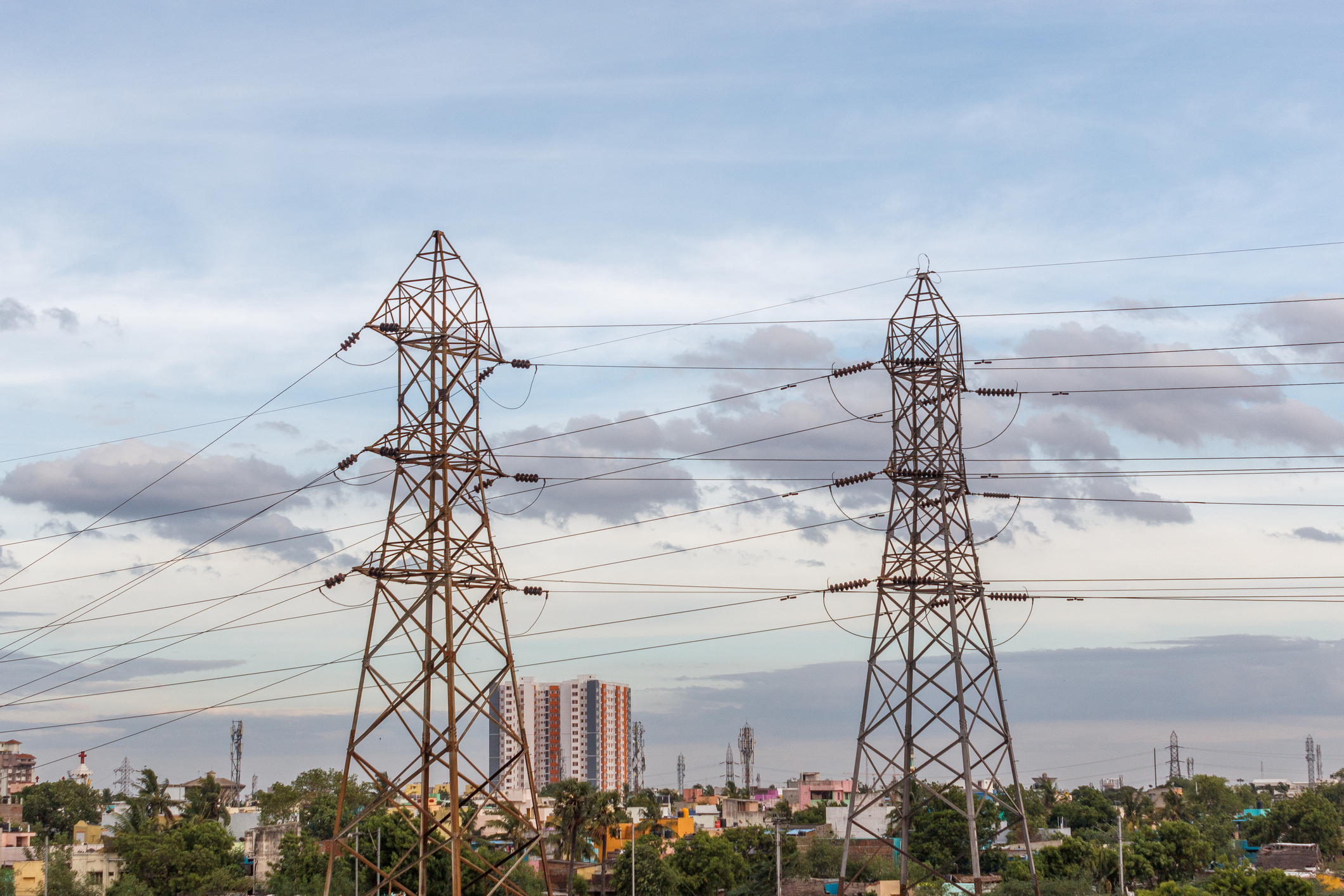
FERC Issues Notice of Inquiry Regarding Dynamic Line Ratings
April 25, 2022
There are significant technical challenges involved in implementing Dynamic Line Ratings in the planning and operation of utility systems. Utilities should be prepared to modify their NERC compliance programs as necessary to address the potential introduction of DLR in their businesses.

How to Use an Integrated Approach To Manage EHS and ESG Risks
April 20, 2022
– January 20, 2016 – TRC Companies, Inc. and the Tulsa Regional Chamber today hosted an open house and ribbon-cutting ceremony, to welcome the Willbros Professional Services staff to the TRC family and to introduce the newly expanded company to the greater Tulsa community. During the event, Tulsa Mayor Dewey F. Bartlett Jr., TRC leadership and local government officials discussed the impact of the acquisition for the Tulsa community and for the Company’s clients. TRC, a recognized leader in engineering, environmental consulting and construction-management services, acquired the professional services business segment of Willbros late last year. The new TRC business unit, “Pipeline Services,” positions TRC as the leading provider of end-to-end solutions in both the power and oil & gas markets. Speakers at the event included Dewey F. Bartlett Jr., Mayor of the City of Tulsa; Mike Neal, President and CEO of the Tulsa Regional Chamber; Chris Vincze, Chairman & CEO of TRC; Ed Wiegele, Senior Vice President and Pipeline Services Sector Director at TRC (formerly President of Willbros Professional Services); and Scott Pruitt, Oklahoma Attorney General. “We couldn’t be happier to be here in Tulsa today, welcoming our new colleagues and introducing TRC to the community,” Vinzce said. “The merger of our organizations is transformational for both of our businesses. We are truly ‘better together,’ with expanded capabilities to serve the oil and gas market at a time when cleaner natural gas solutions are pivotal to our collective energy future. We are focused on providing immediate and long-term value to all of our clients and are committed to helping the Tulsa business community continue to grow.” “Tulsa is home to several major industries, including oil and gas, and the region has the greatest growth and employment concentration in the country,” Neal said. “We are confident TRC will be a valuable partner as we continue to expand our workforce and boost economic development for years to come.” Headquartered in Tulsa, OK, and led by Ed Wiegele, TRC Pipeline Services has approximately 750 employees in nine offices nationwide. It has a premier reputation as a provider of innovative pipeline and facilities engineering, EPC/EPCM, field services and integrity services to the oil and gas transmission and midstream markets, as well as at government facilities. The segment’s 2014 gross revenue was approximately $209 million. A pioneer in groundbreaking scientific and engineering developments since the 1960s, TRC is a national engineering, environmental consulting and construction management firm that provides integrated services to the energy, environmental, infrastructure and pipeline services markets. TRC serves a broad range of commercial, industrial and government clients, implementing complex projects from initial concept to delivery and operation. TRC delivers results that enable clients to achieve success in a complex and changing world. For more information and updates from the Company, visit TRC’s website at www.TRCsolutions.com and follow TRC on Twitter at @TRC_Companies and on LinkedIn.

Why Are ESG Frameworks Important?
April 13, 2022
ESG standards significantly impact long-term growth, leading many companies to integrate ESG reporting into their corporate social responsibility (CSR) strategies. ESG frameworks are broad and diverse, and establishing a reporting system that covers your industry’s most relevant metrics can be challenging.
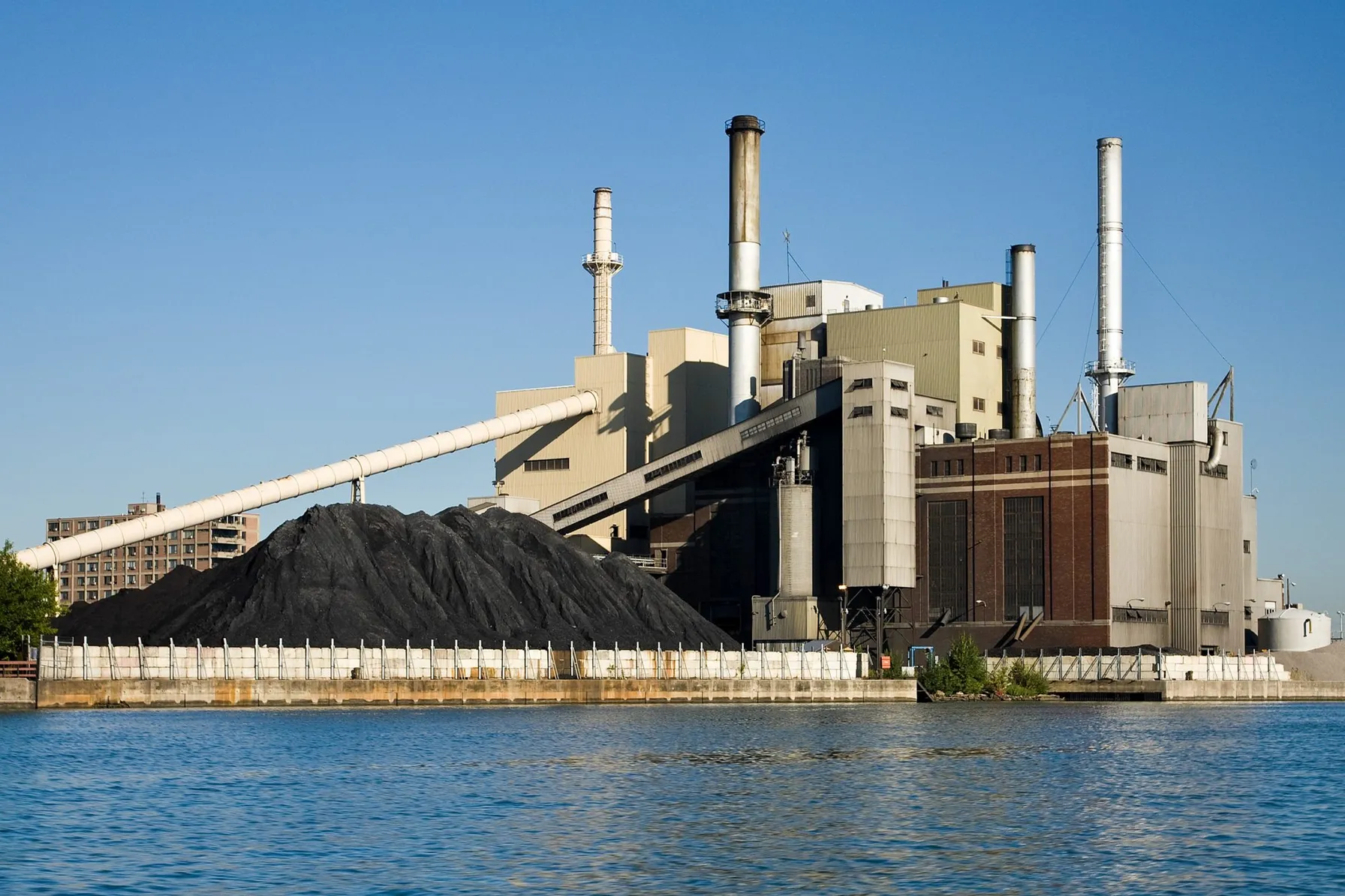
EPA Coal Ash Compliance Expectations Updated
March 28, 2022
New EPA Communications highlight new Coal Combustion Residual compliance expectations, a shift from the current program.

New NERC Guidance Supports the Implementation of Grid Forming Inverters
March 8, 2022
NERC has issued a new report highlighting the key attributes of various inverter controls to support proper implementation and to protect reliability.
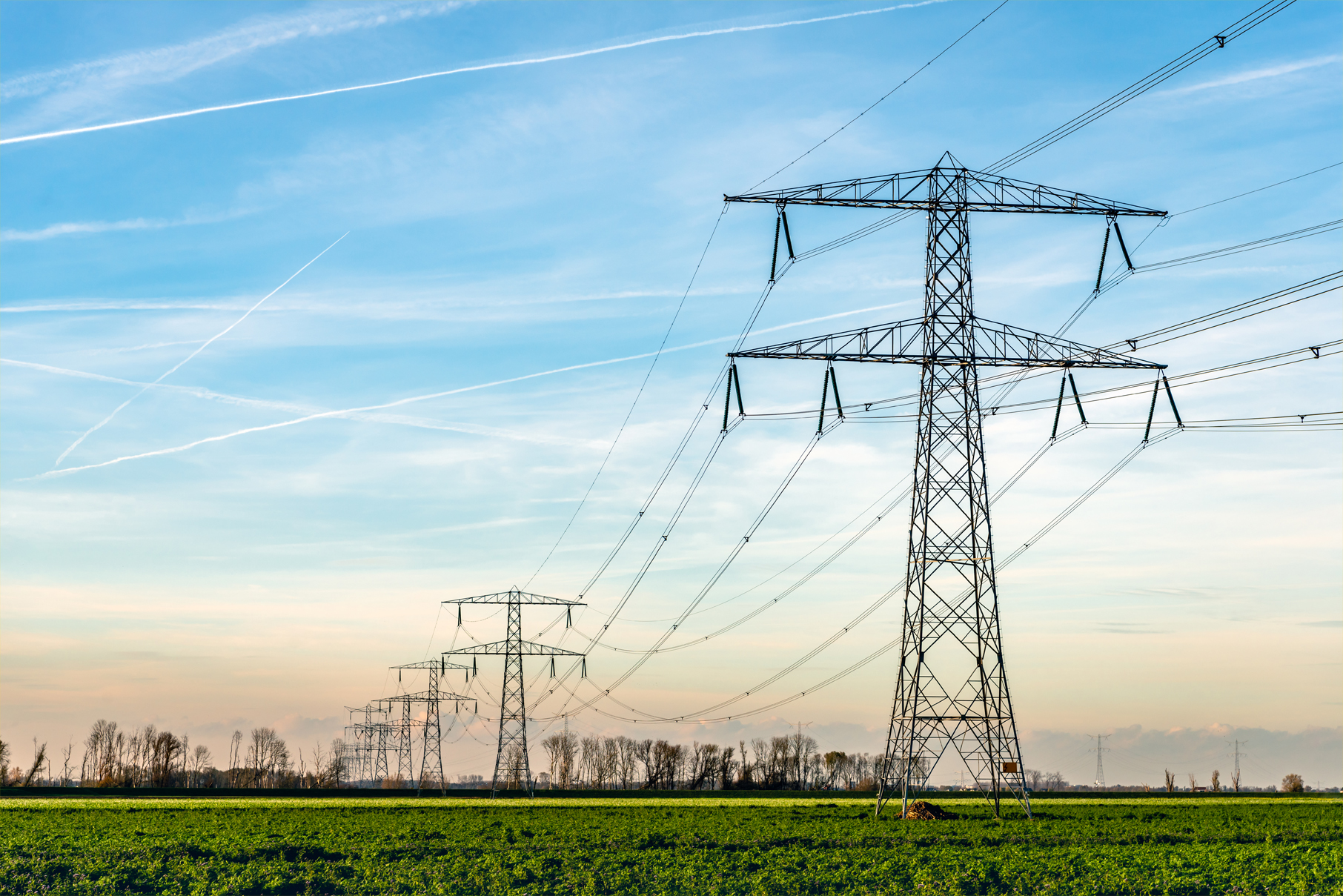
NERC Recommends Approaches for Underfrequency Load Shedding Programs
February 24, 2022
In a recently released reliability guideline, NERC recommends additional approaches for Underfrequency Load Shedding (UFLS) program design to help utilities effectively consider the effects of Distributed Energy Resources (DERs). The guidance was developed to address the accelerated transition of the power system to locally installed, decarbonized resources that depend on inverters. These new technologies introduce operational controls issues into the electric grid. UFLS data gathering and analysis methodologies may require modification to address reliability risks.
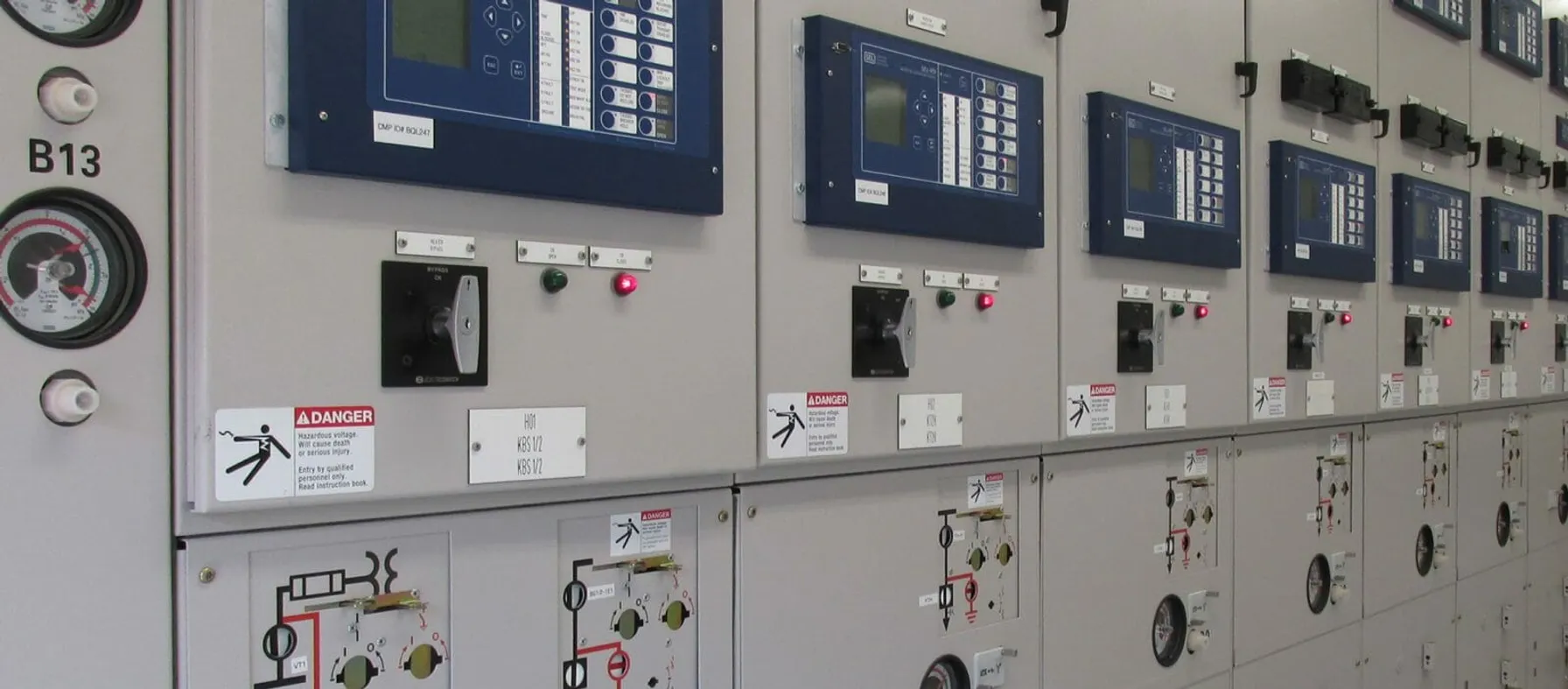
NERC and FERC Recommend Protection System Commissioning Improvements
January 18, 2022
Between 18 and 36 percent of reported utility misoperations were attributed to issues that could have been detected through a properly implemented PSC.
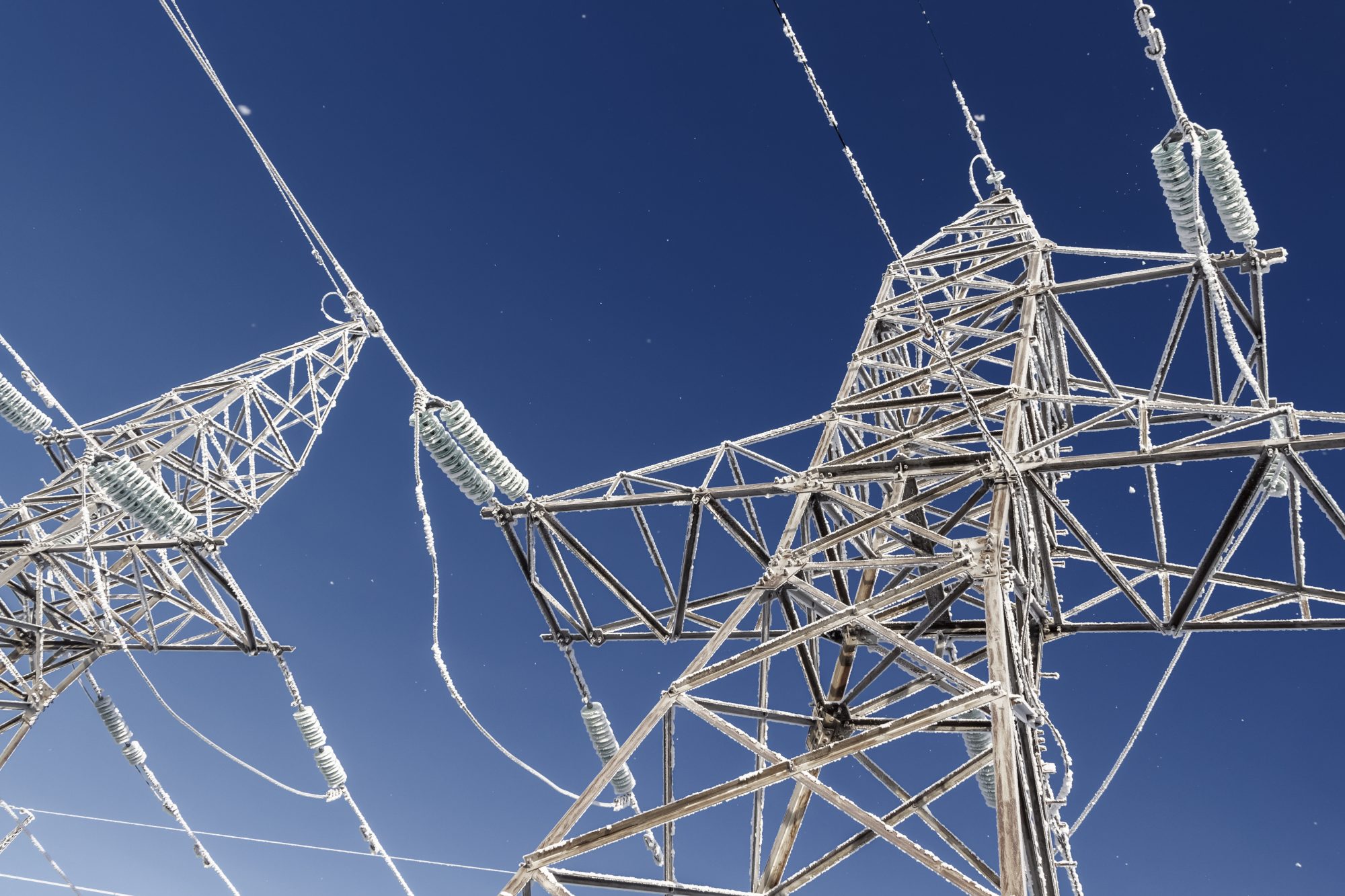
FERC & NERC Issue Joint Report on Freeze Reliability Failures
December 15, 2021
The in-depth report outlines twenty-eight recommendations to address freeze reliability failures, including operating practices and recommendations for NERC standards modifications surrounding generator winterization and gas-electric coordination.
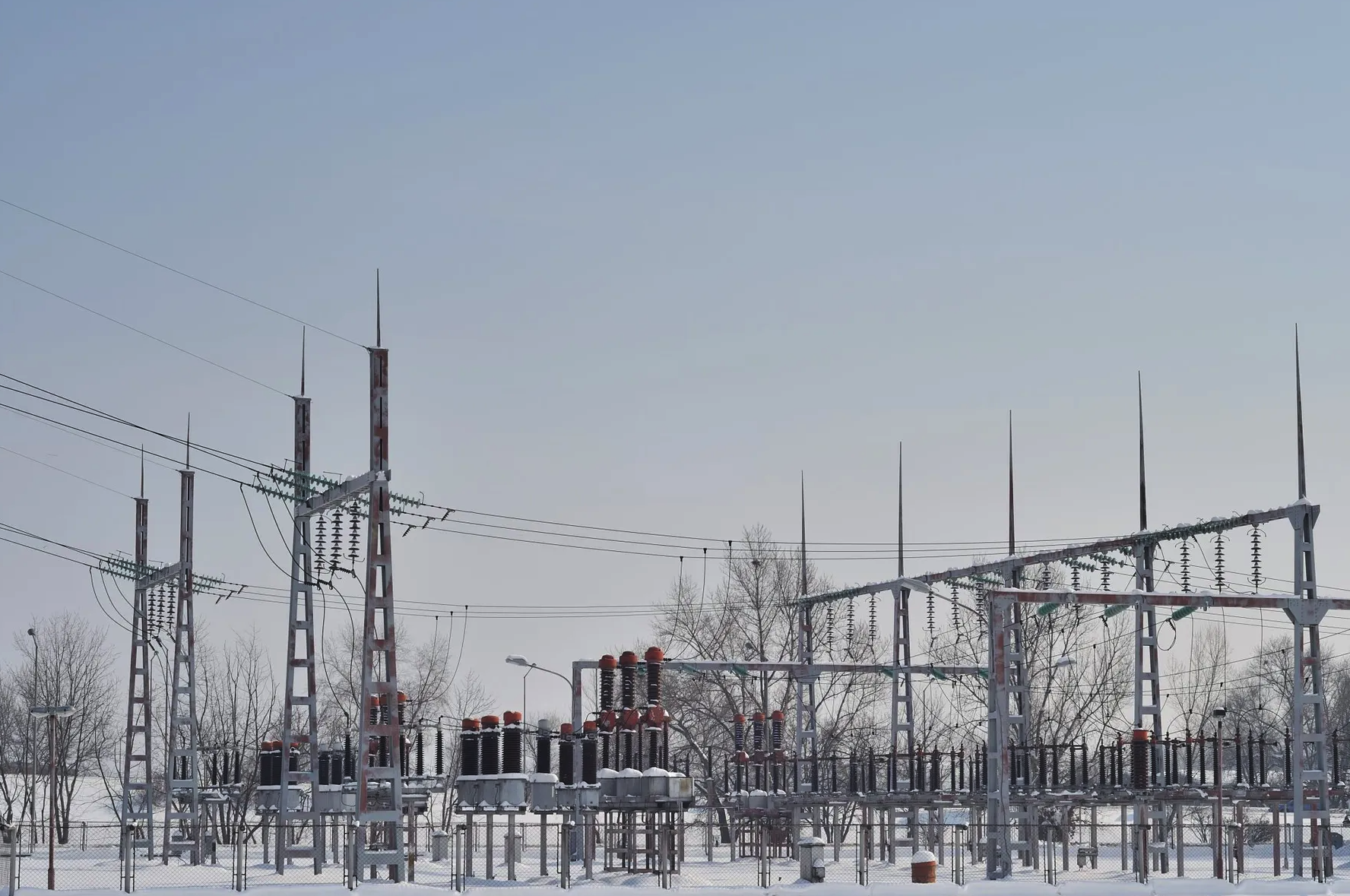
NERC Accelerates Additional Cold Weather Standards Changes
November 22, 2021
At its November 2021 meeting, NERC’s Board of Trustees took aggressive action to advance critical cold weather Reliability Standards. Most notably, the group approved the 2022-2024 Reliability Standards Development Plan, which prioritizes standards projects for the coming years including a resolution to include new cold weather operations, preparedness and coordination standards as high priority development projects.

OSHA’s National Emphasis Program on Heat-Related Illness and Injuries
November 3, 2021
On September 20, 2021 in an OSHA National News Release, OSHA published a memorandum establishing an enforcement initiative that is designed to prevent and protect employees from heat-related illnesses and death. This initiative, which develops a National Emphasis Program (NEP) on heat inspections, is an expansion of an already existing Regional Emphasis Program (REP) in OSHA’s Region VI, which covers Arkansas, Louisiana, New Mexico, Oklahoma and Texas.

New Potential Compliance Standards Identified at FERC Technical Conference on Reliability
October 18, 2021
With a focus on the reliability impact of extreme weather and the shortcomings of current system planning approaches, both NERC and FERC conference participants opened the door to potential forthcoming compliance standard enhancements or changes.

NJDEP Implements New Jersey Environmental Justice Law Through Administrative Order
October 5, 2021
On September 22, 2021, the New Jersey Department of Environmental Protection (NJDEP) Commissioner announced the issuance of Administrative Order (AO) No. 2021-25 to implement New Jersey’s Environmental Justice (EJ) Law. This order is effective immediately, and applicants seeking to site new major source facilities, renew major source permits or expand existing facilities with major source permits (e.g., Title V air permits) in overburdened communities are affected. There are more than 4.5 million people that live within 331 municipalities that are overburdened communities in the state of New Jersey.

OSHA Returns to In-Person Inspections As COVID-19 Restrictions Lift
August 4, 2021
The Occupational Safety and Health Administration (OSHA) is authorized by the Occupational Safety and Health Act of 1970 (OSH Act) to assure employers provide safe and healthful work conditions free of recognized hazards and by setting and enforcing standards and providing training, outreach, education and technical assistance. OSHA has recently announced the return to in-person inspections as COVID-19 restrictions begin to lift.

NERC Proposes Revisions to CIP-008
March 27, 2021
NERC’s CIP-008 standard aims to mitigate reliability risks resulting from a Cyber Security Incident by specifying incident response requirements. Newly proposed revisions would augment mandatory reporting to include incidents that compromise, or attempt to compromise, a utility’s Electronic Security Perimeter (ESP) or associated Electronic Access Control or Monitoring Systems (EACMS).

EPA continues to aggressively address PFAS wastewater with two new strategies
January 4, 2021
EPA takes steps toward PFAS wastewater and storm water permitting, and analytical methods for testing.

Ecological Risk of PFAS from AFFF-Impacted Sites
June 30, 2020
The facts on evaluating exposure to wildlife

Targeting Perfection in the Construction and Operation of Pipelines
October 18, 2019
To have an impact on the delivery or operation of a pipeline, it’s vital to eliminate the intra- and inter-company barriers, including those in the areas of communications, culture and technology.

PHMSA Publishes New Rules to Increase the Safety of Hazardous Liquid Pipelines and Gas Transmission Pipelines
September 25, 2019
The Pipeline and Hazardous Materials Safety Administration this week published important new rules aimed at improving pipeline safety.

NERC Calls for New Approach to Reliability Planning Due to Gas Supply Disruption Risks
December 14, 2017
A recently published NERC report concludes that as reliance on natural gas to meet electric generation requirements increases, additional planning and operational measures must be considered to mitigate power system reliability risks.

Budgeting to Quality: Construction Project Mistakes & How to Fix Them
April 9, 2025
Managing a construction project is a challenging job that involves careful planning, coordination and problem-solving. Small mistakes cause delays, increase costs, or create safety issues. Learn more about how to avoid some of the most common mistakes in construction management so your projects stay on track and within budget.

The Power of Precision: Quality Control Tactics for Utility Construction Success
February 14, 2025
In today’s digital age, data centers form the backbone of cloud computing, artificial intelligence and the vast array of digital services we rely on daily. As the demand for data centers rises, companies are racing to expand these facilities.

The Importance of Effective Construction Management in Data Centers
January 7, 2025
In today’s digital age, data centers form the backbone of cloud computing, artificial intelligence and the vast array of digital services we rely on daily. As the demand for data centers rises, companies are racing to expand these facilities.
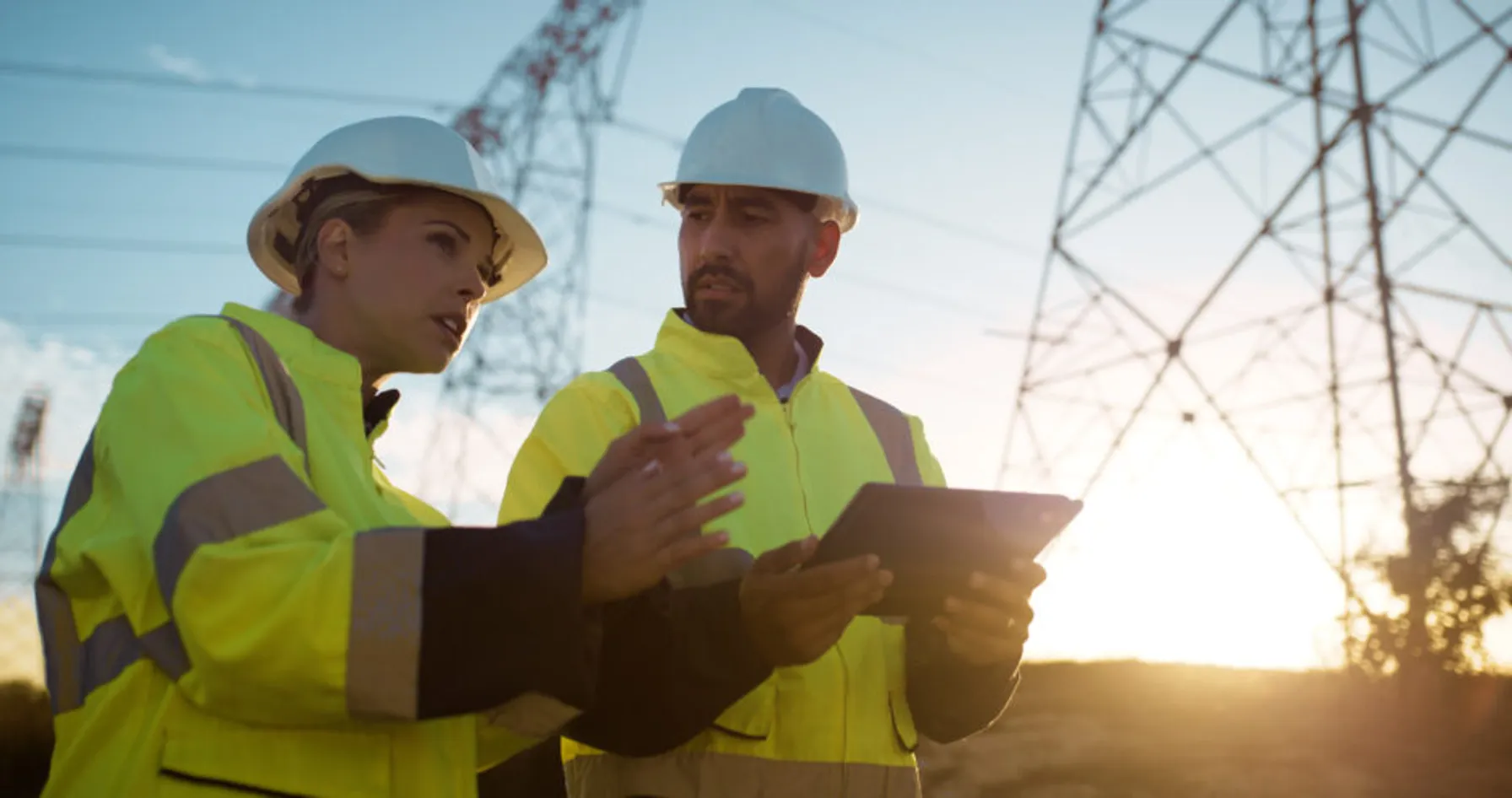
Planning for Construction Project Success: Common Challenges and How to Overcome Them
September 19, 2024
Construction project planning and scheduling are critical but complex processes that can lead to delays, cost overruns and quality issues. Success requires proper stakeholder communication, resource management, safety prioritization, regulatory compliance and innovative tools and techniques throughout the project’s life, from start to completion.
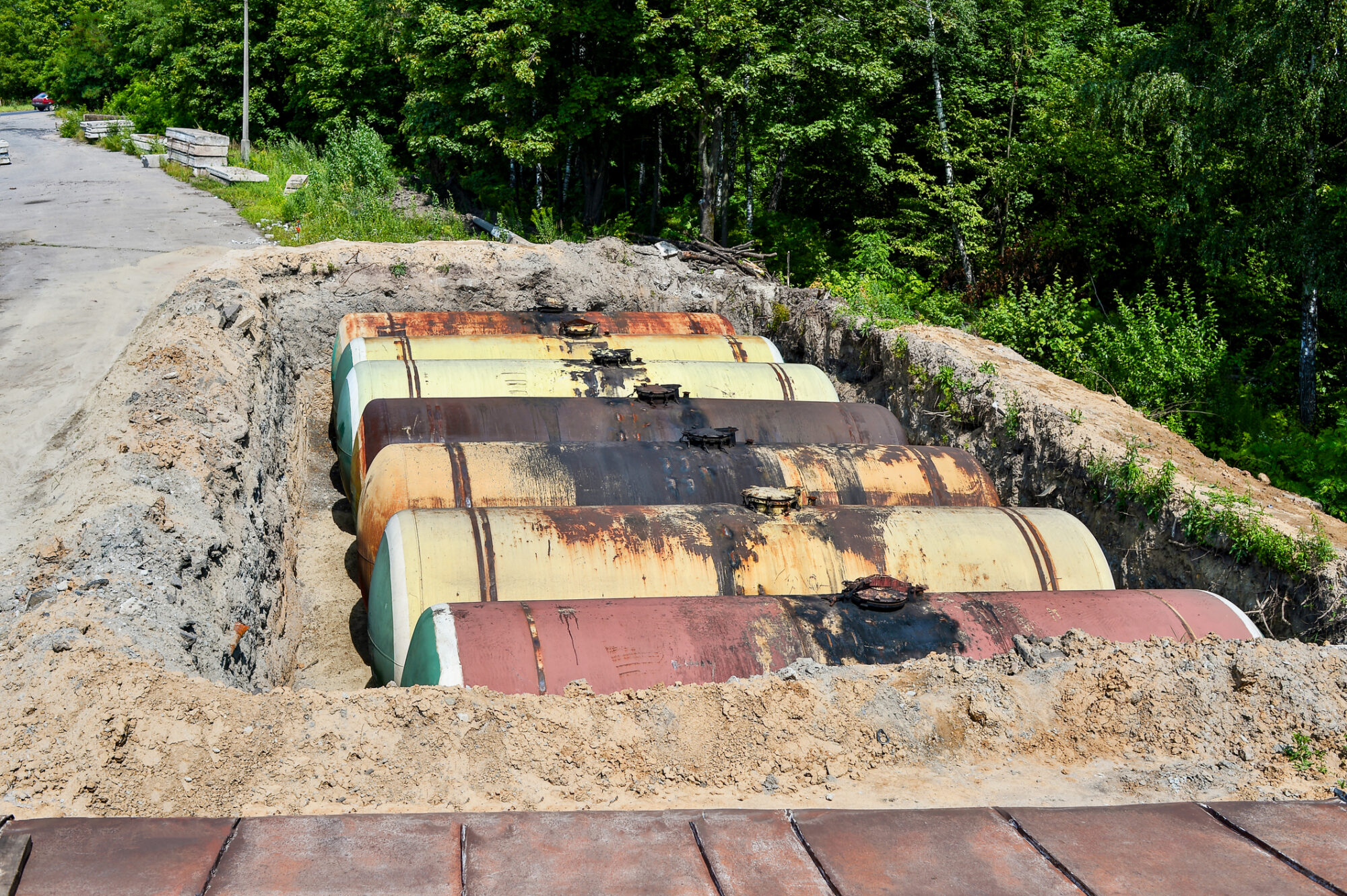
EPA Issues Clarification of Free Product Removal Requirements
June 20, 2023
EPA recently clarified requirements for LNAPL recovery and remediation.

INGAA Foundation Interview with Lauren O’Donnell
June 22, 2020
TRC’s own Lauren O’Donnell is currently the elected Chair of the INGAA Foundation. The Foundation’s primary activity is to sponsor research aimed at promoting natural gas use and safe, efficient pipeline construction and operation.

Targeting Perfection in the Construction and Operation of Pipelines
October 18, 2019
To have an impact on the delivery or operation of a pipeline, it’s vital to eliminate the intra- and inter-company barriers, including those in the areas of communications, culture and technology.

